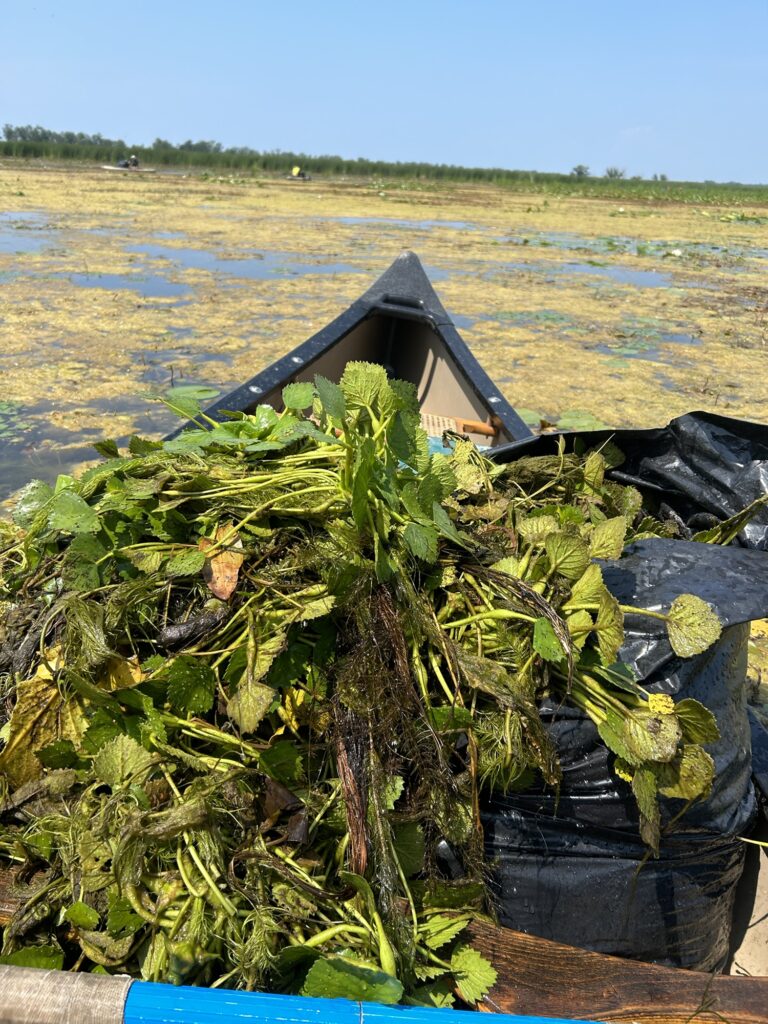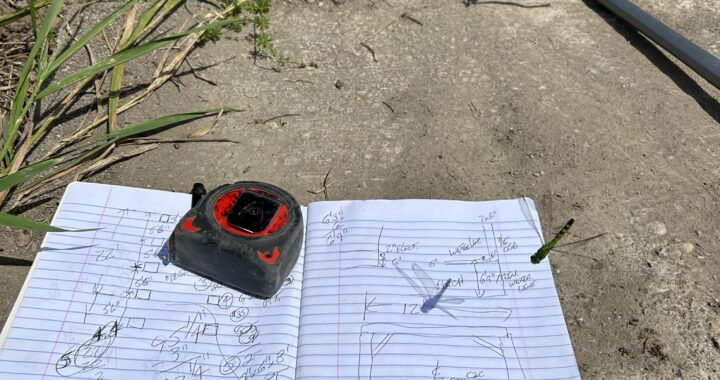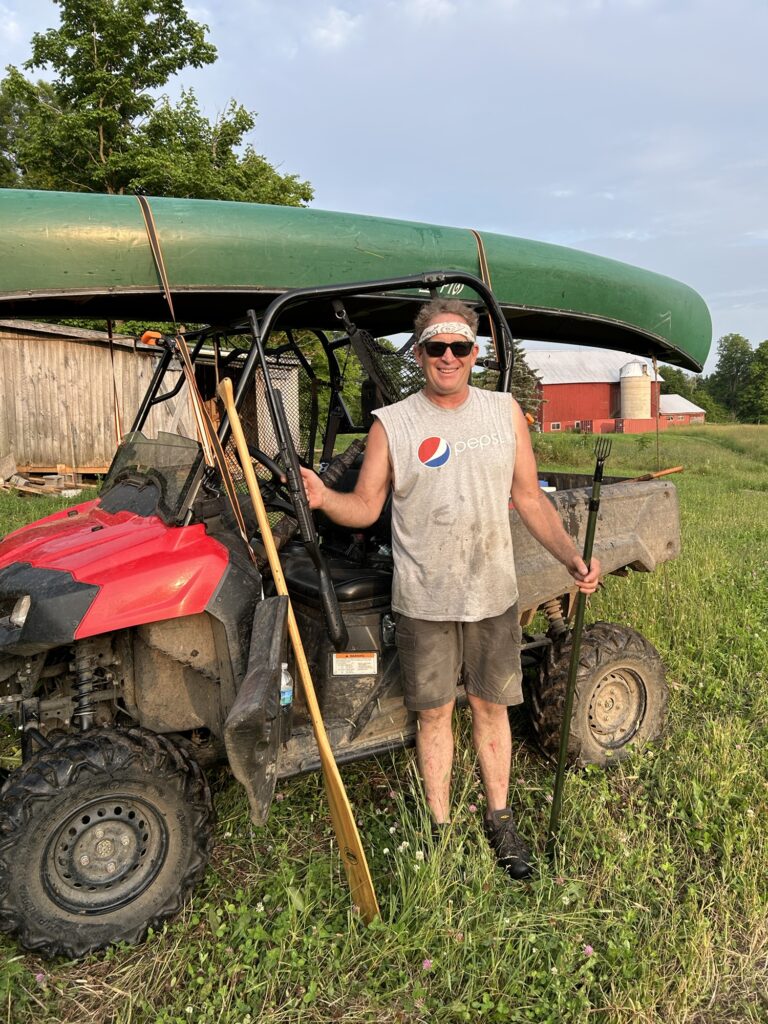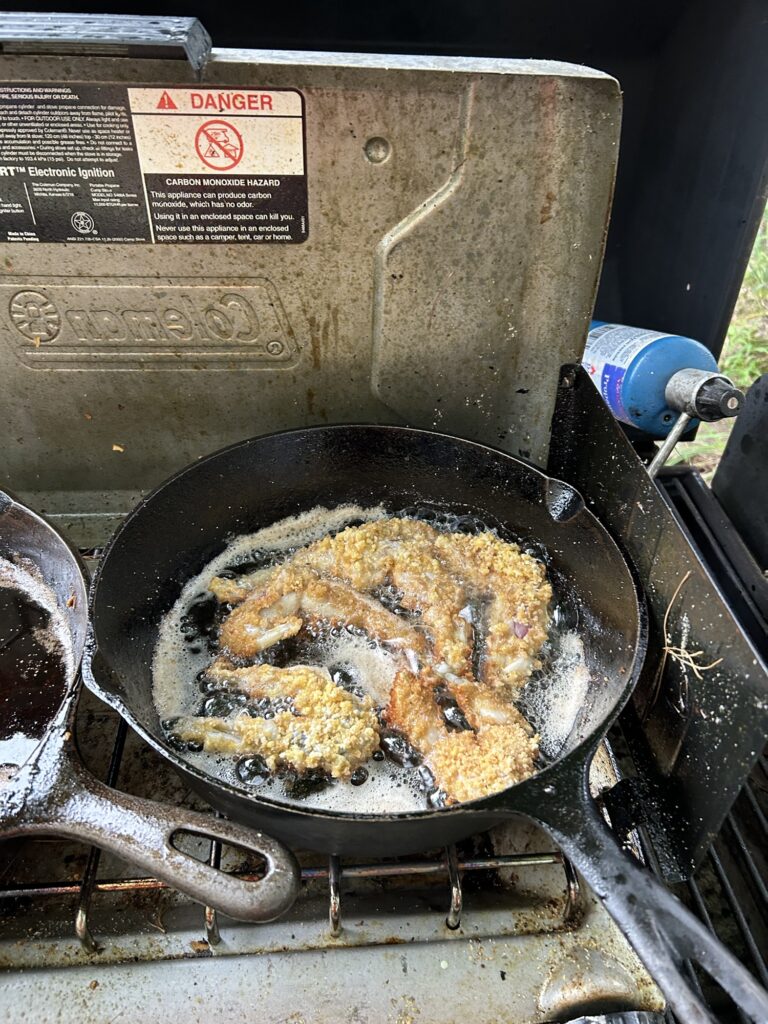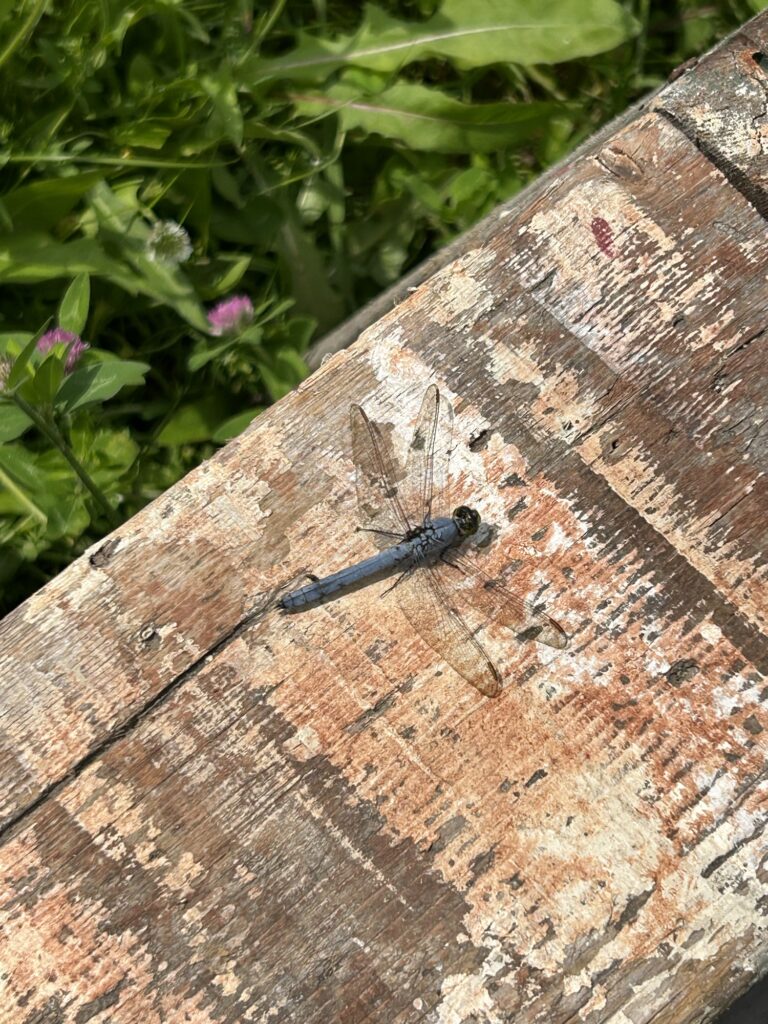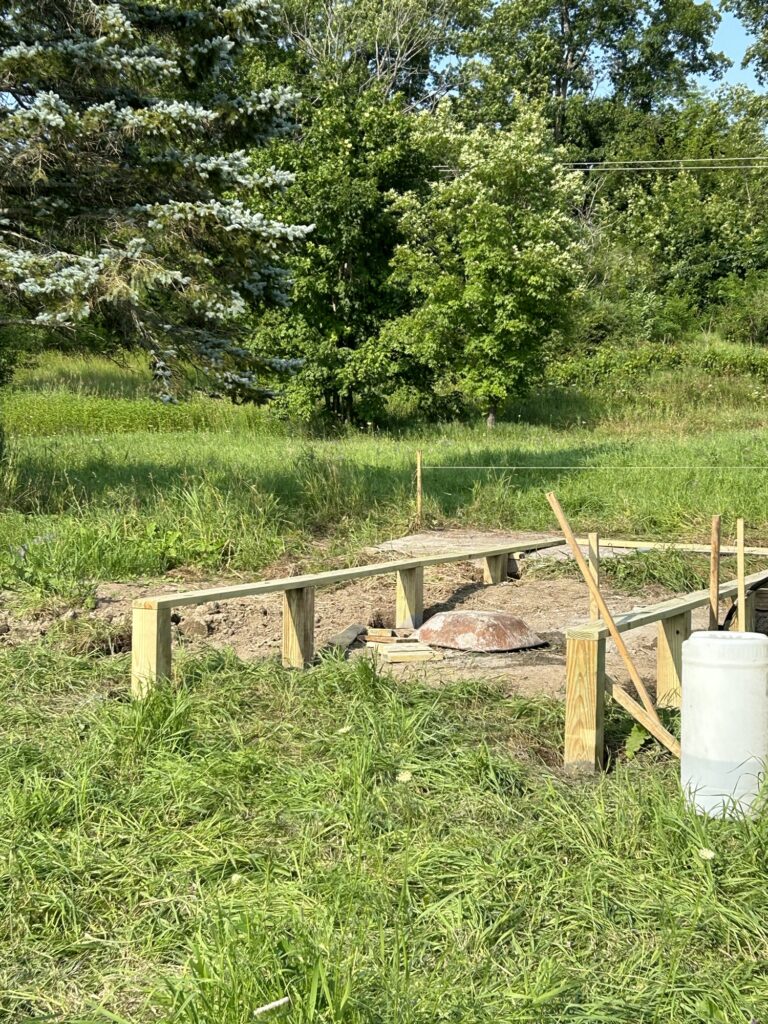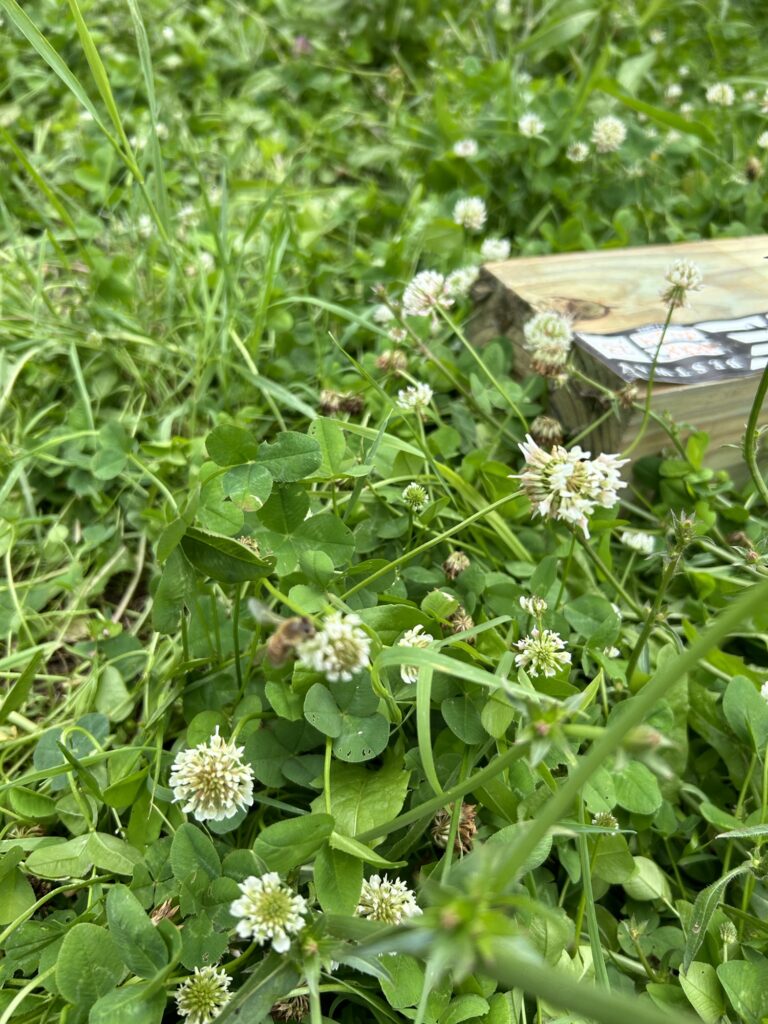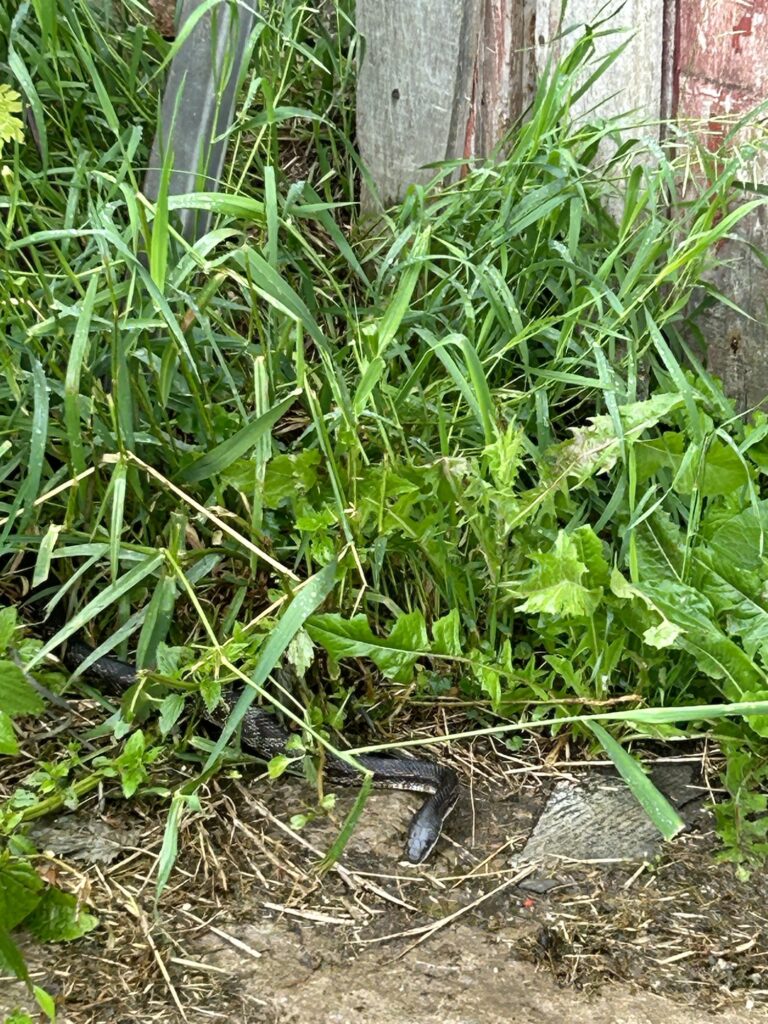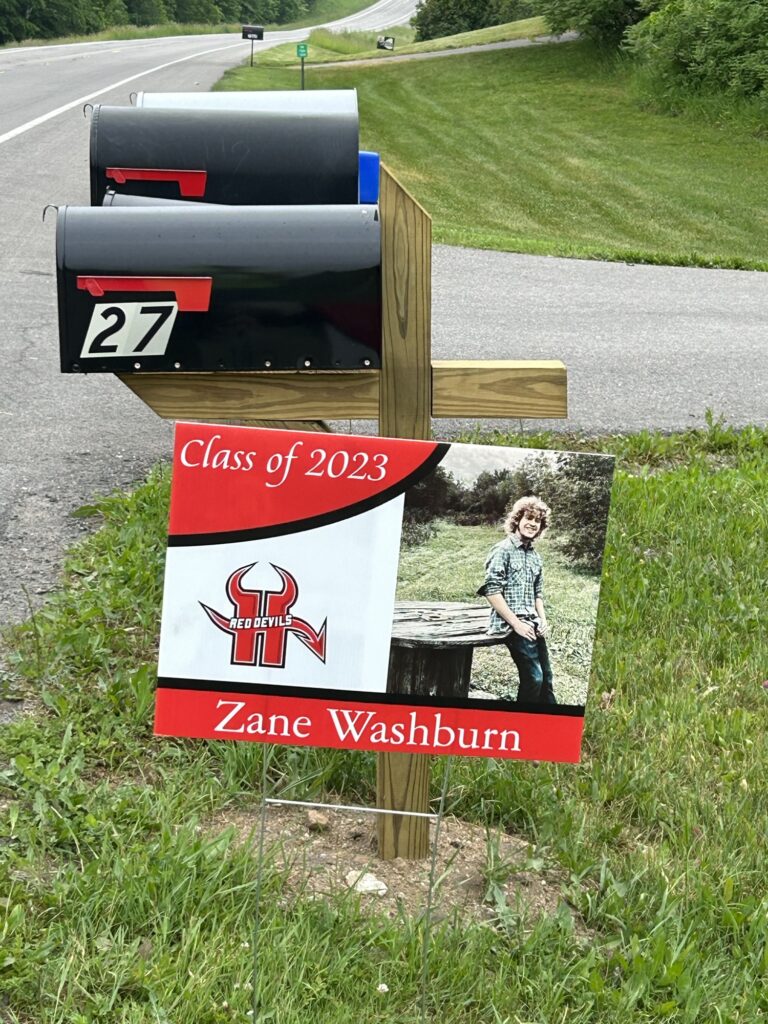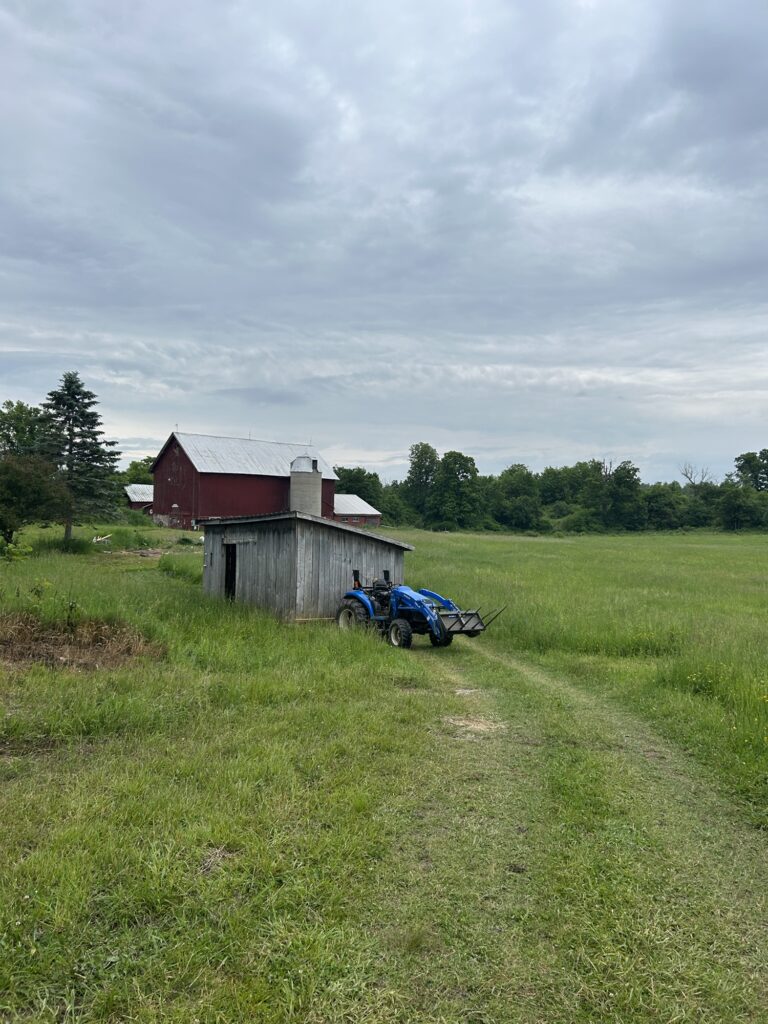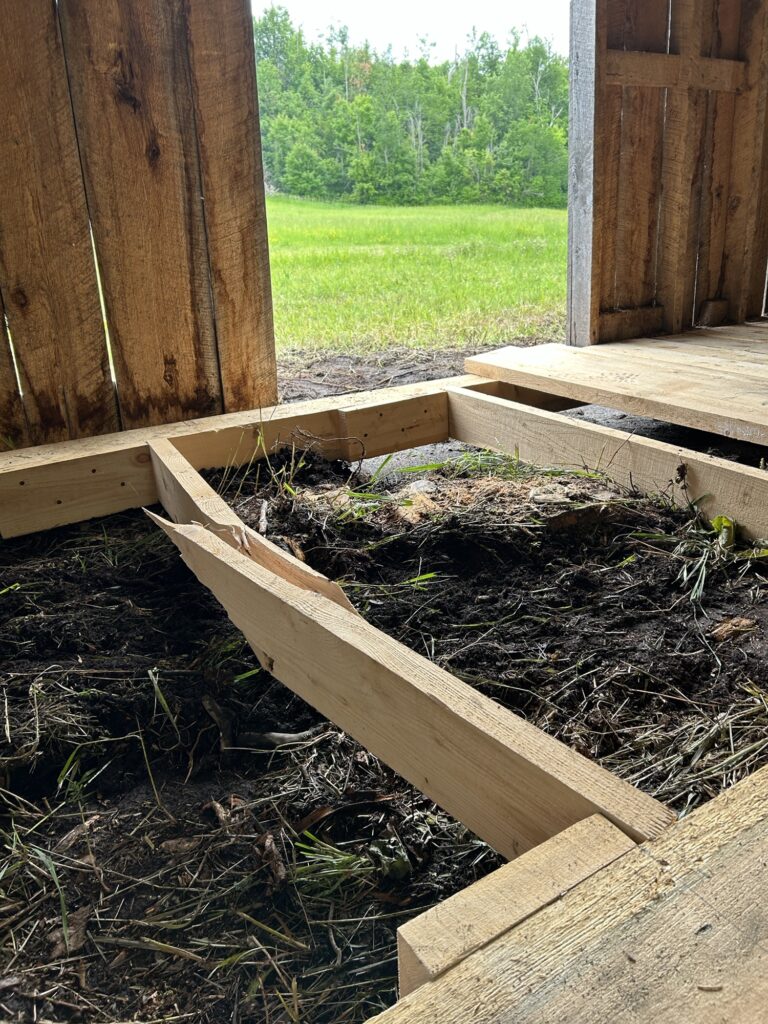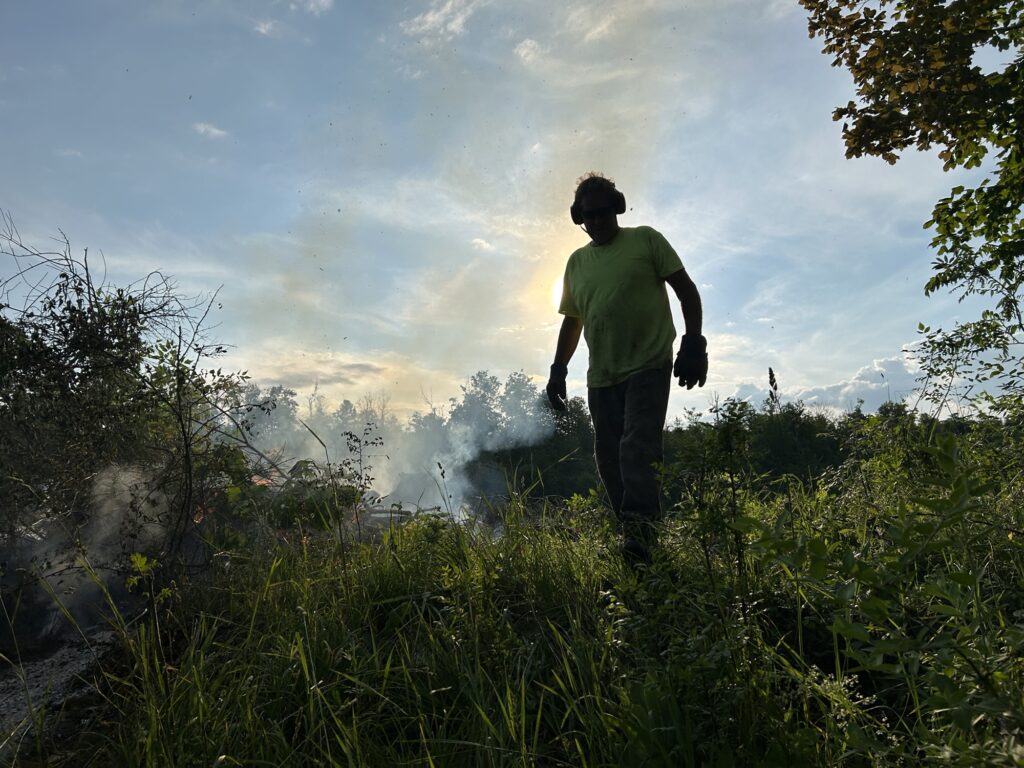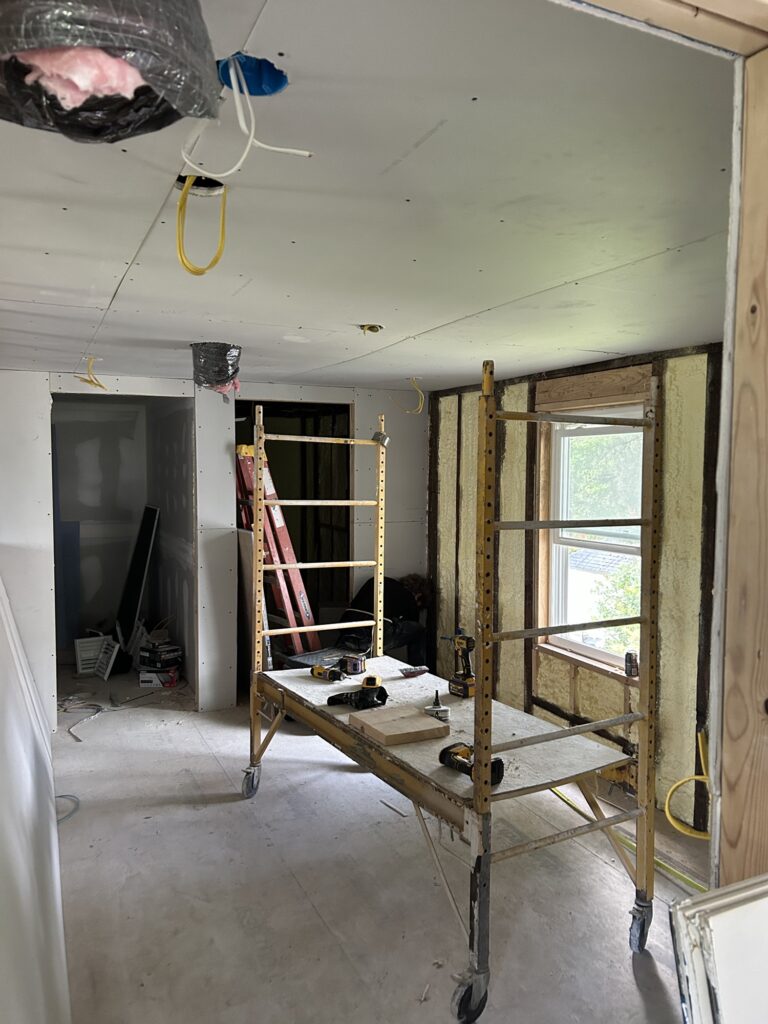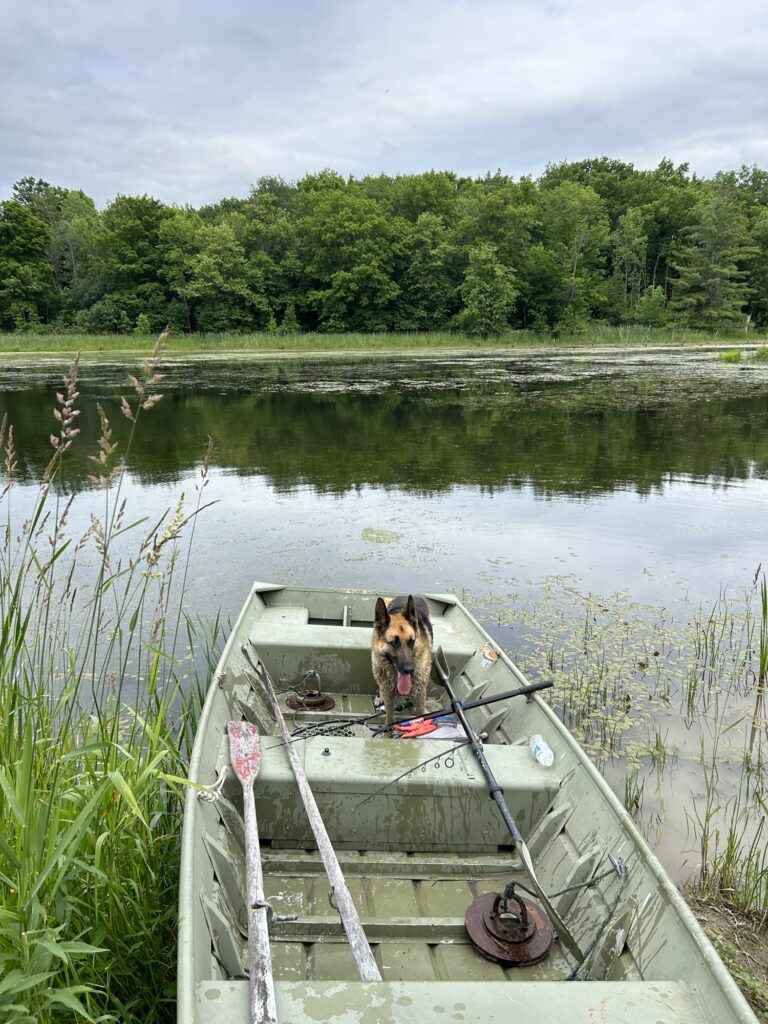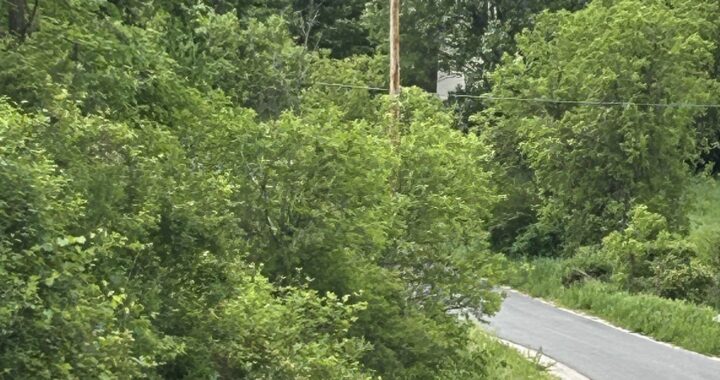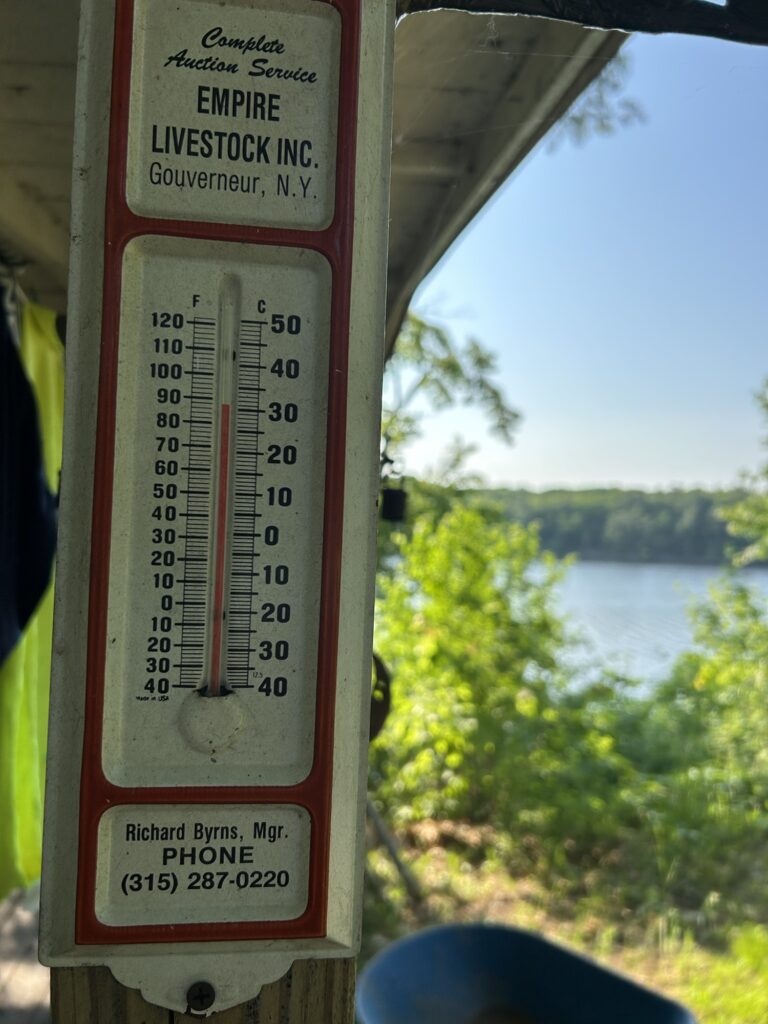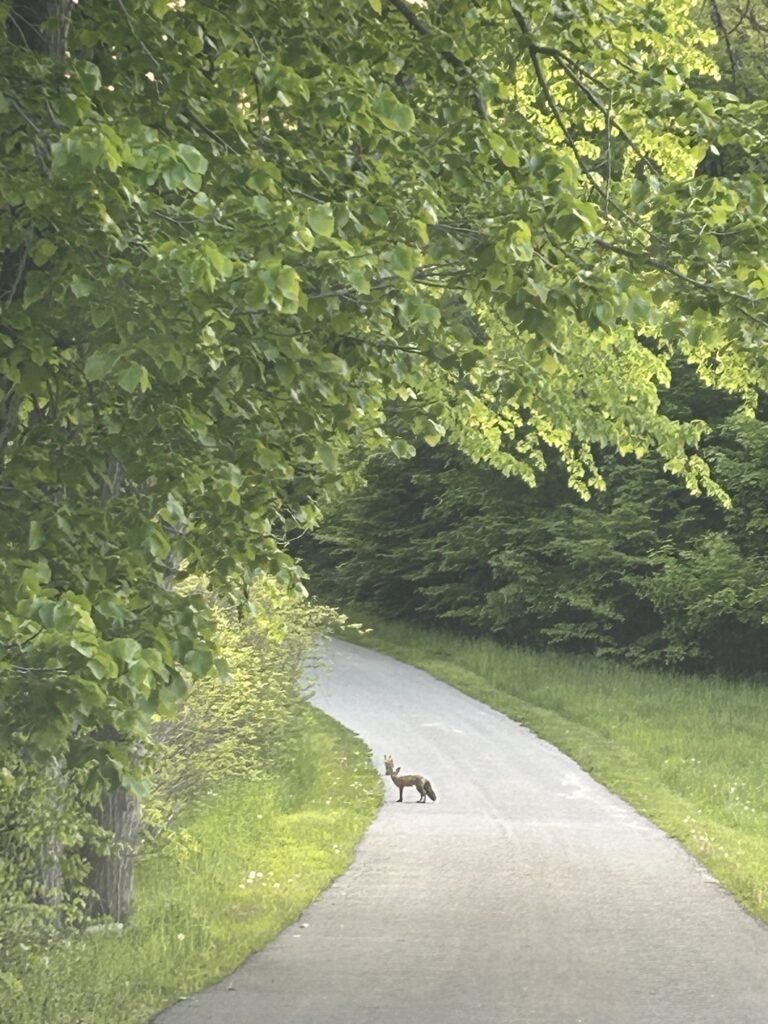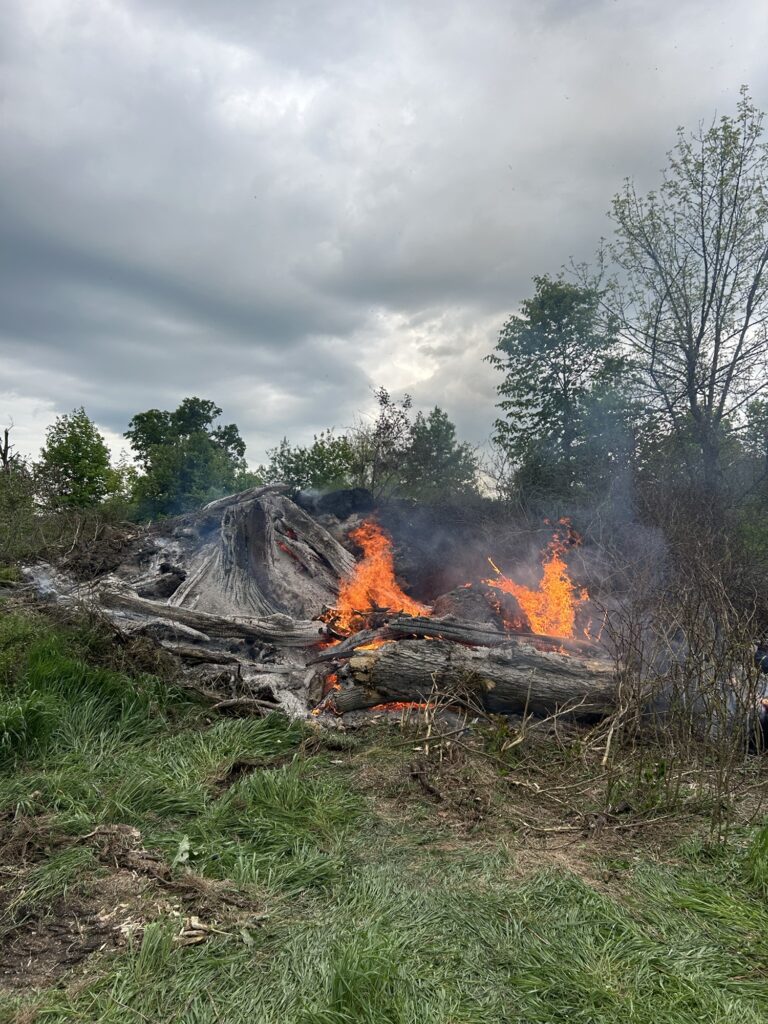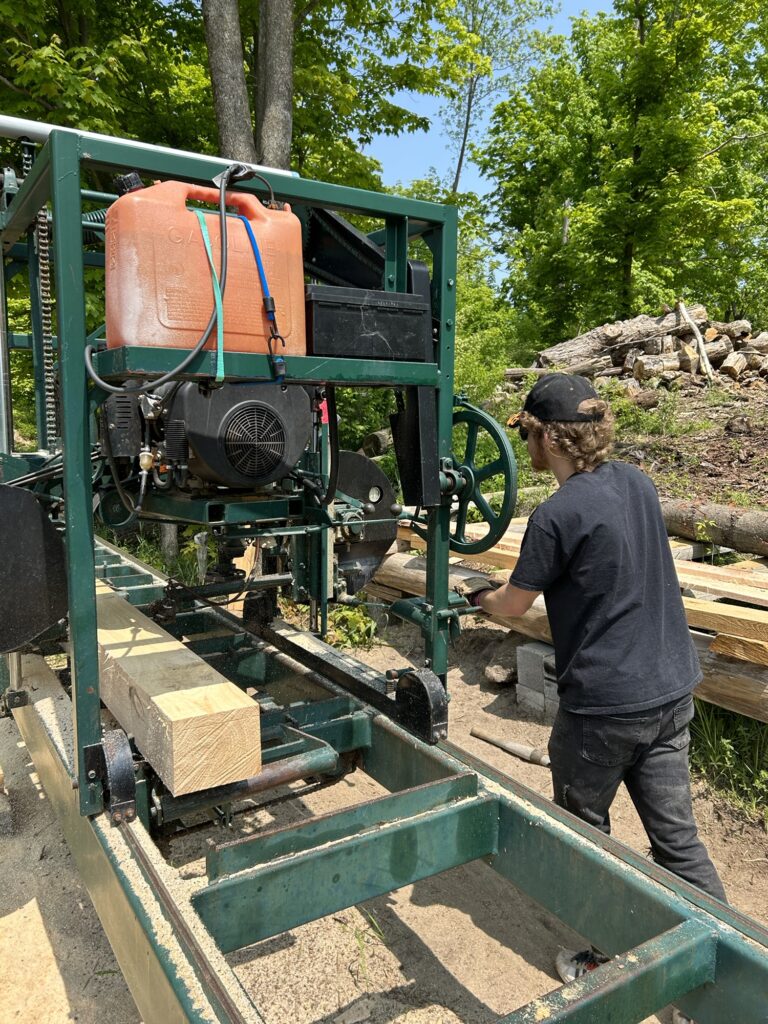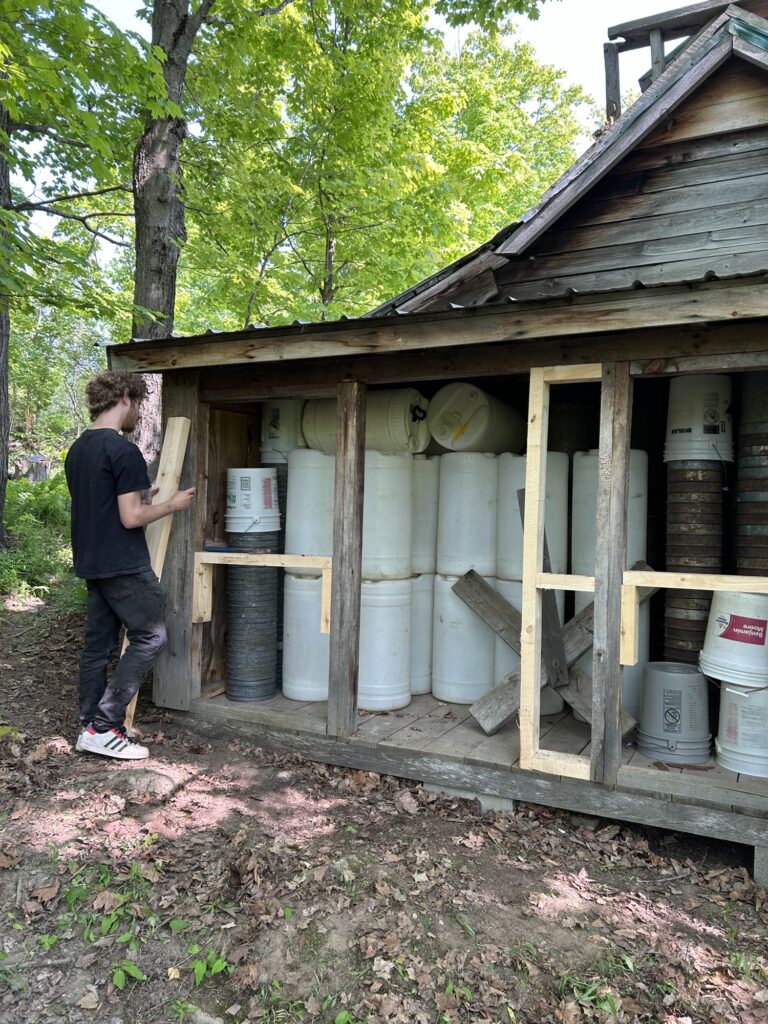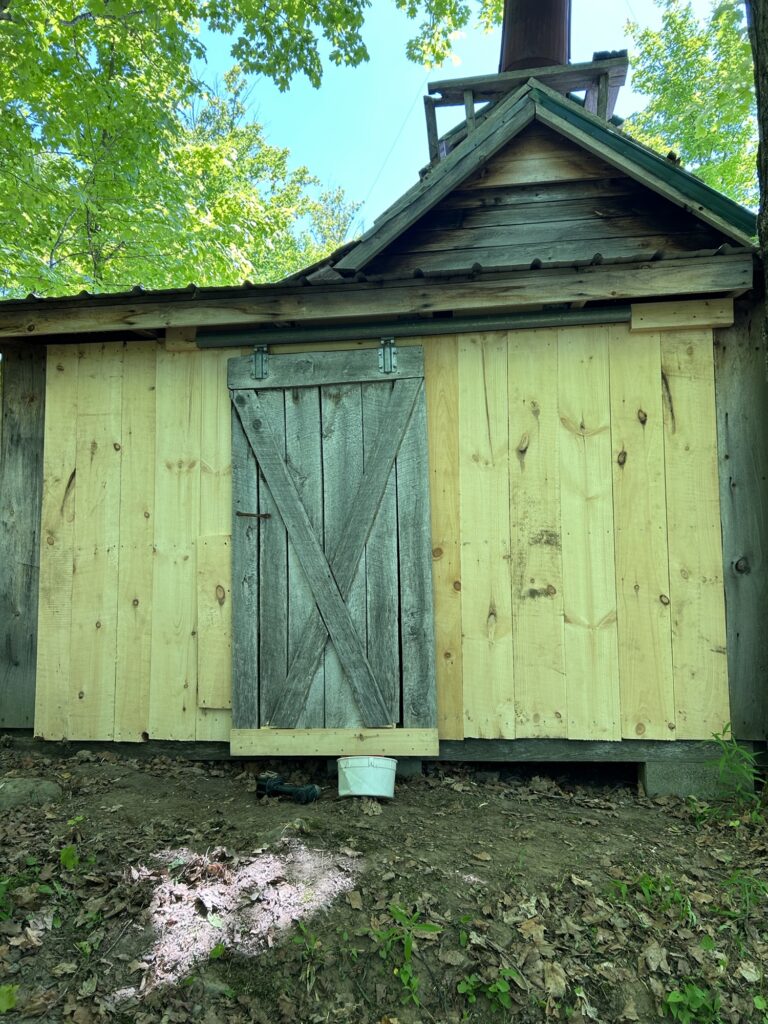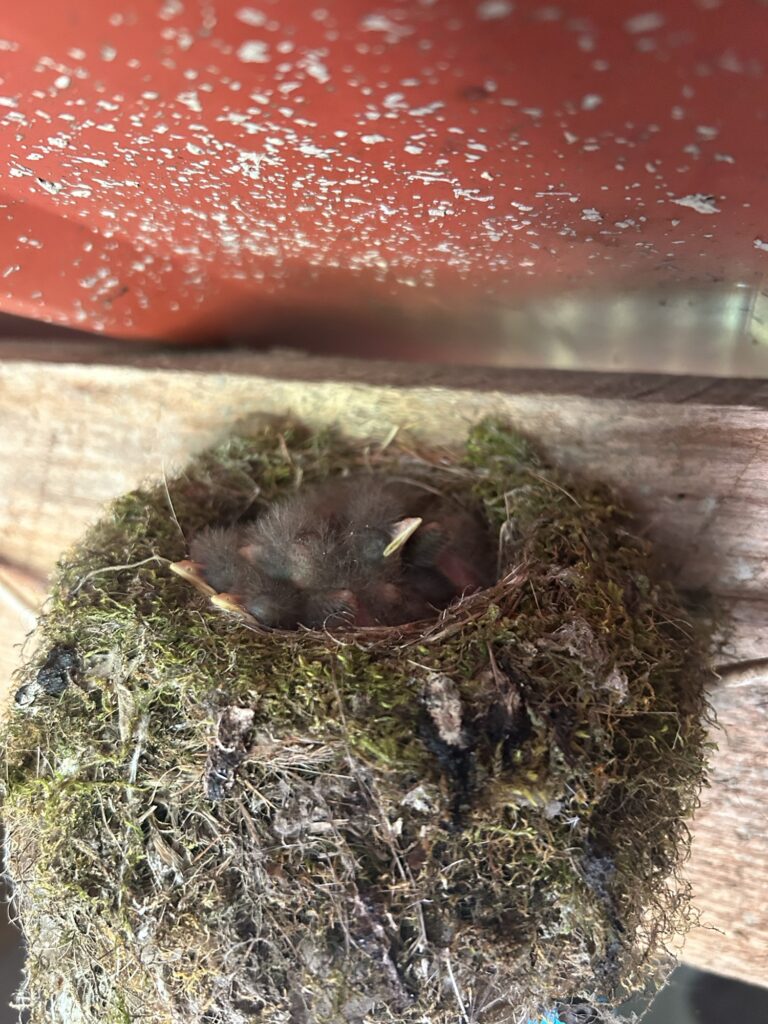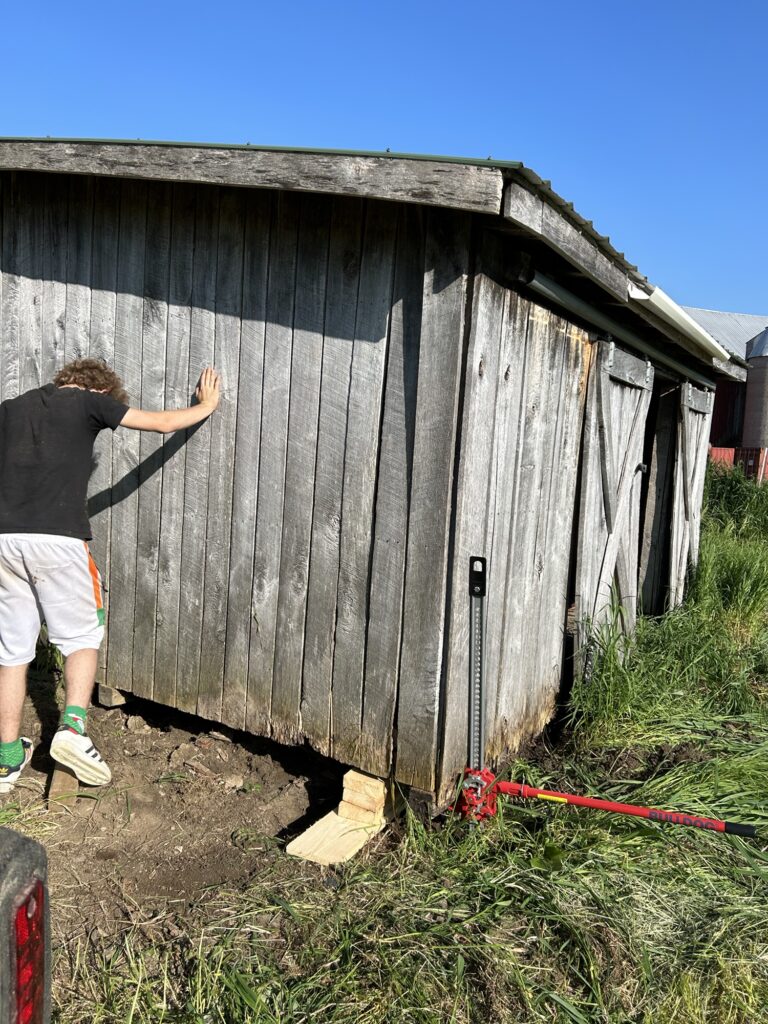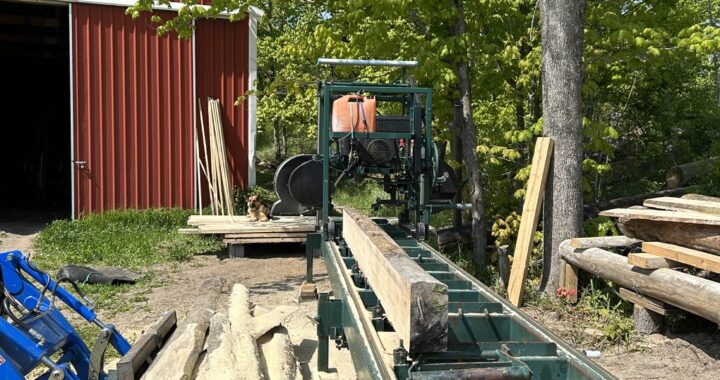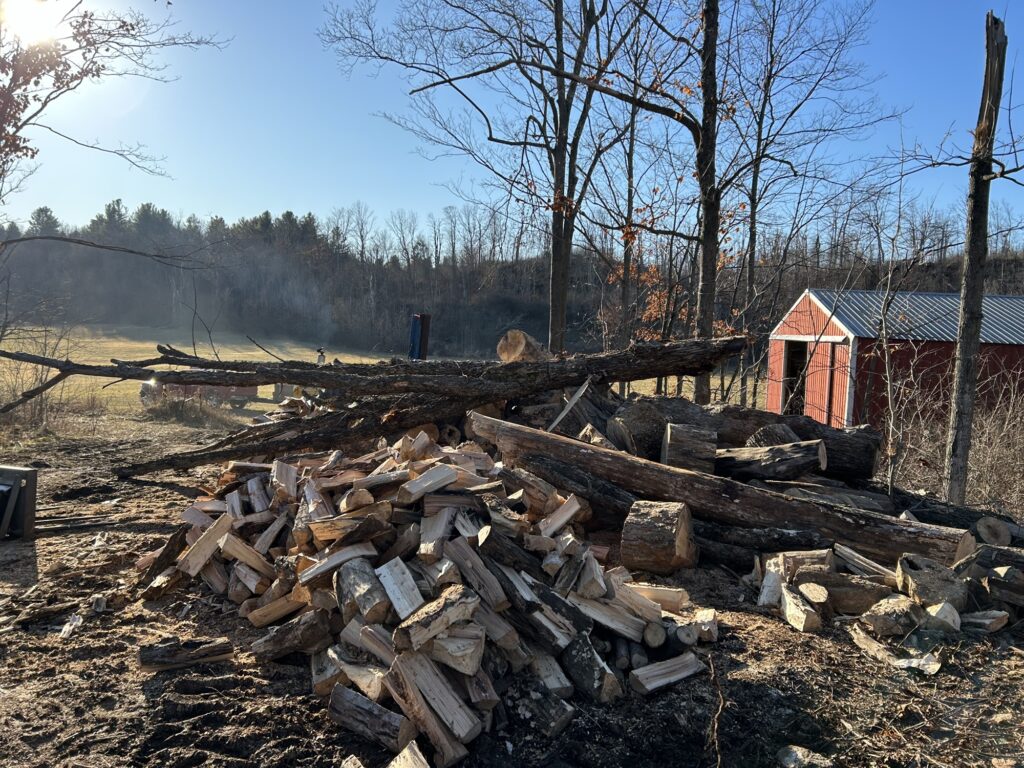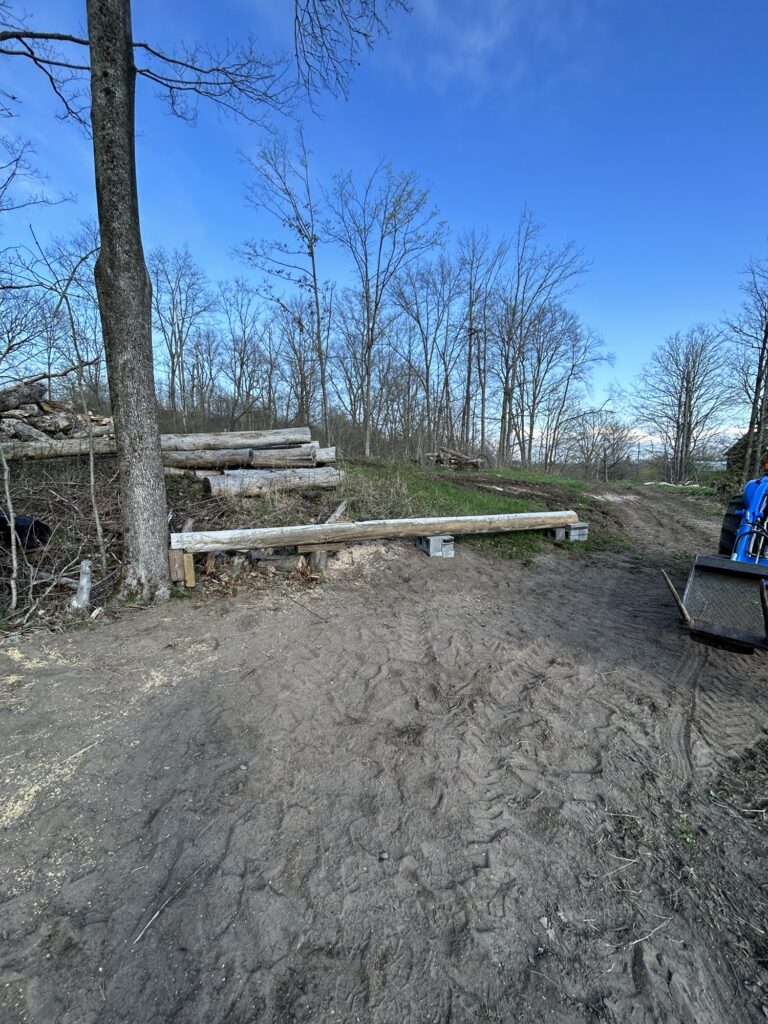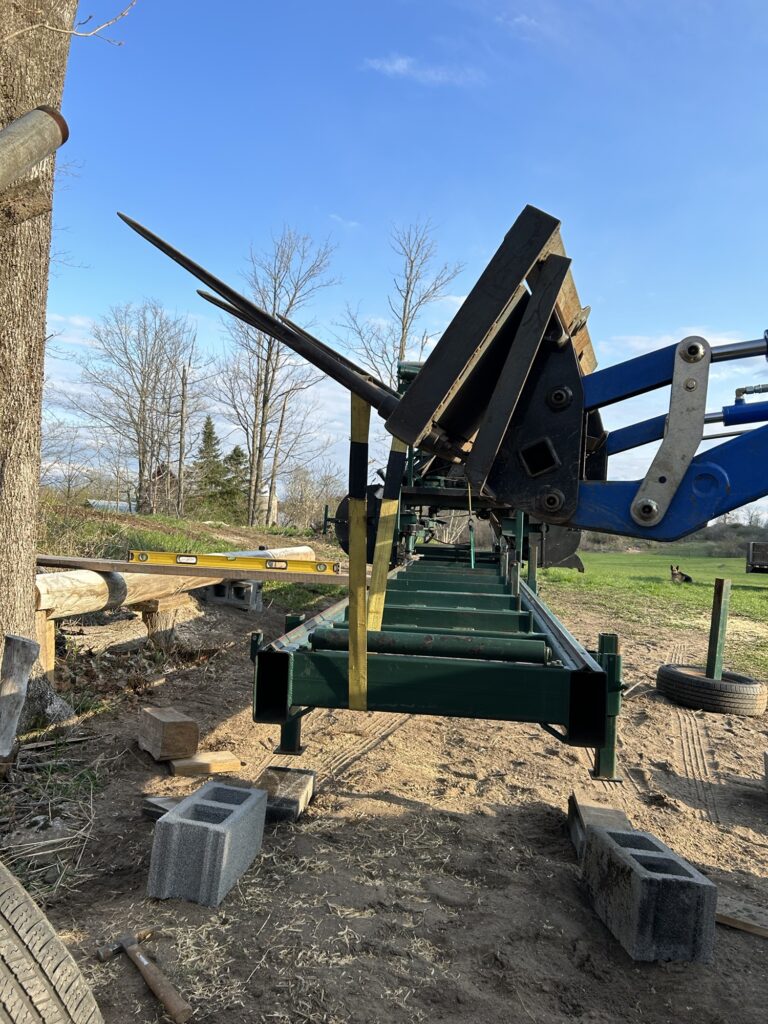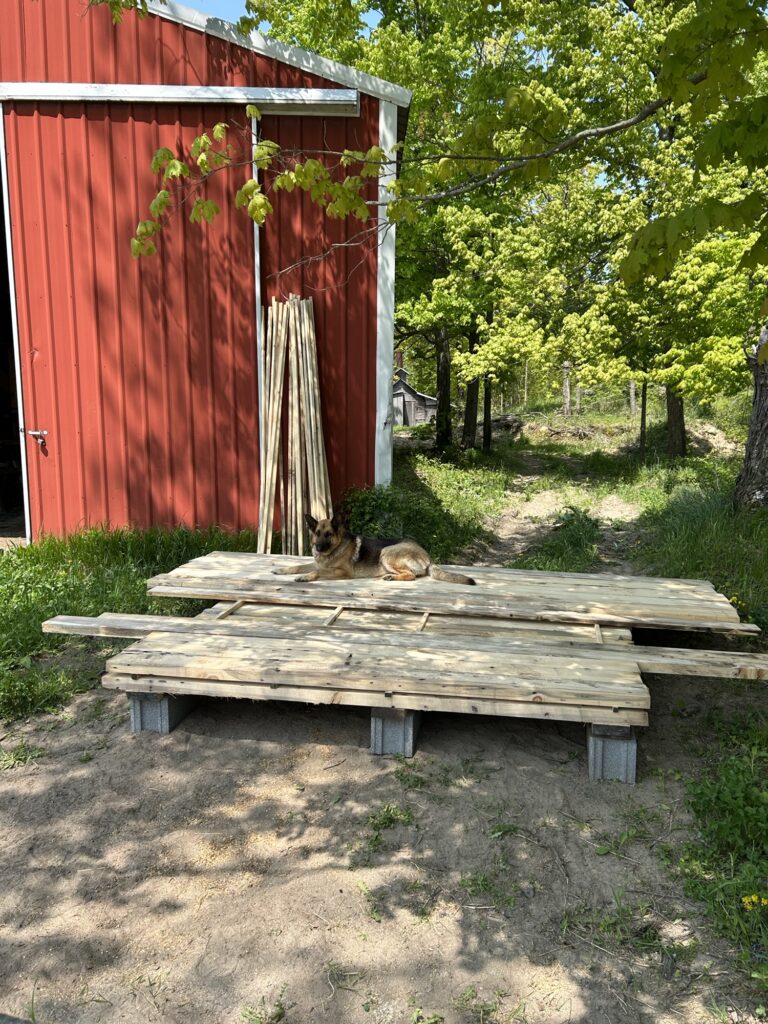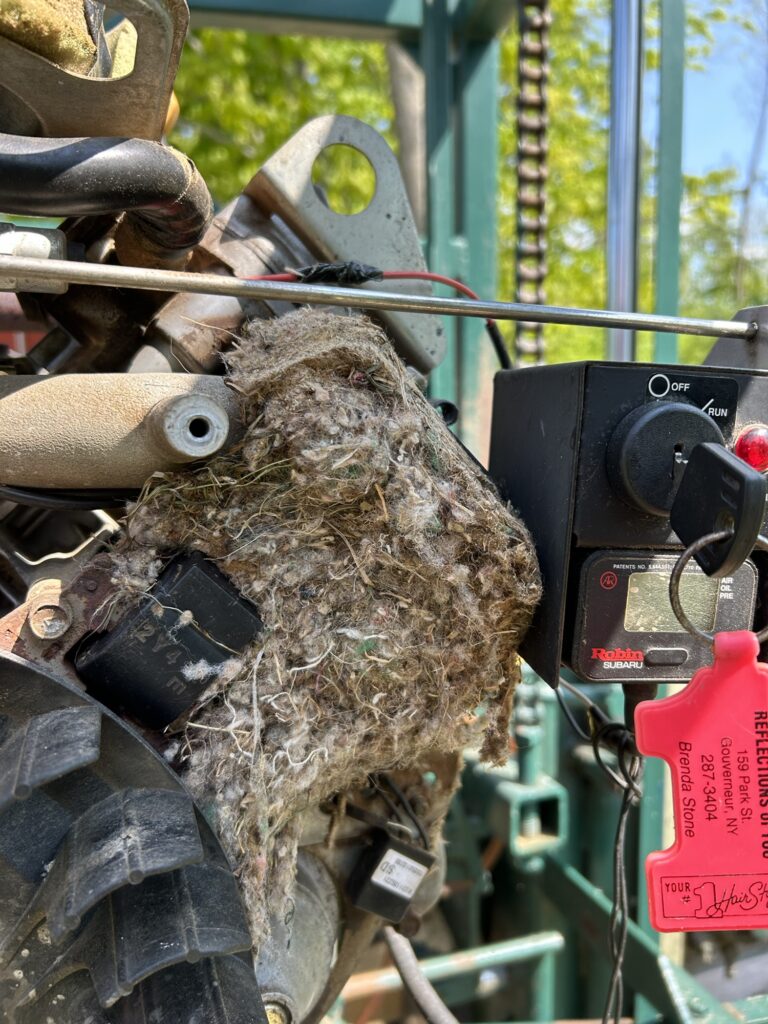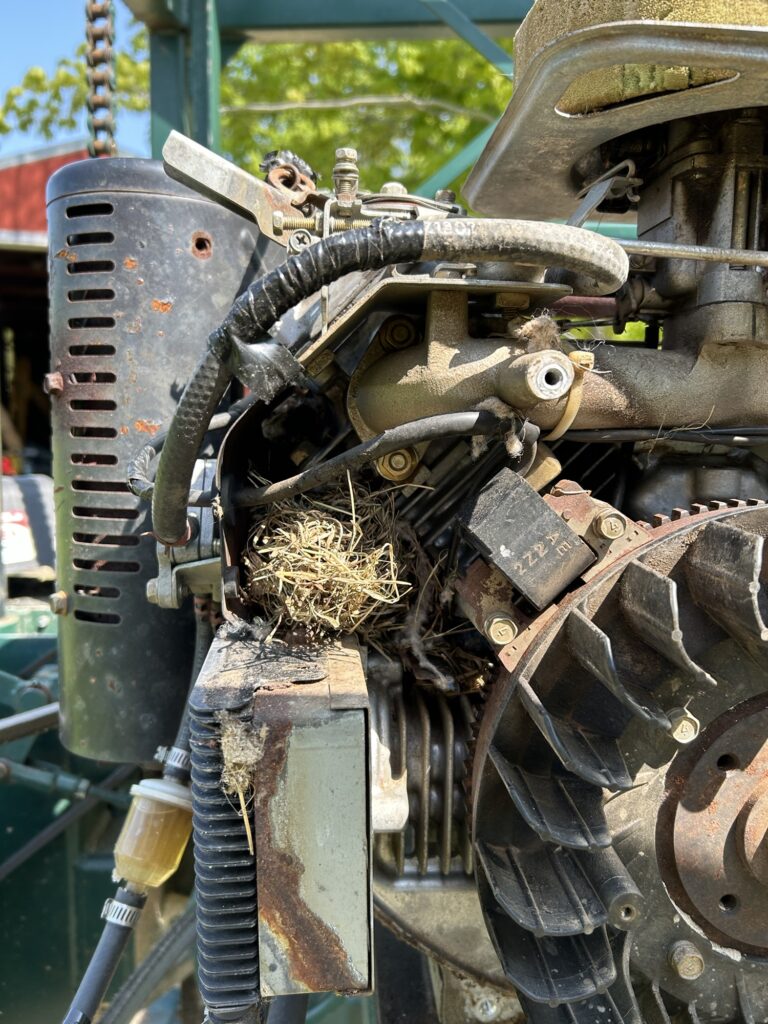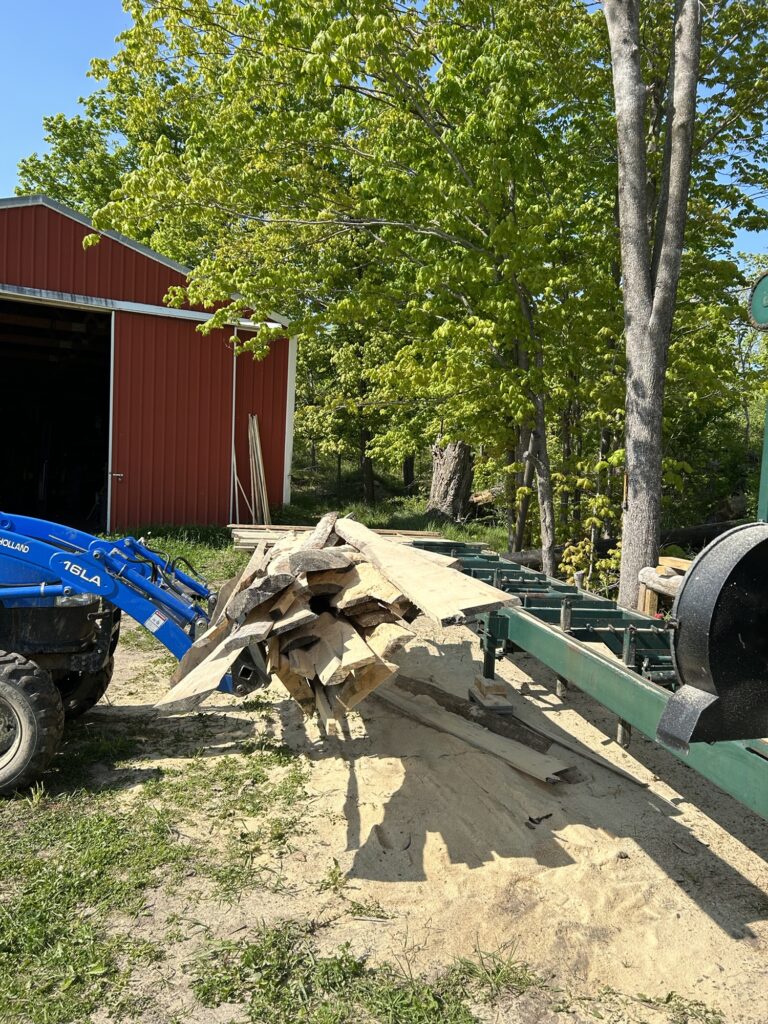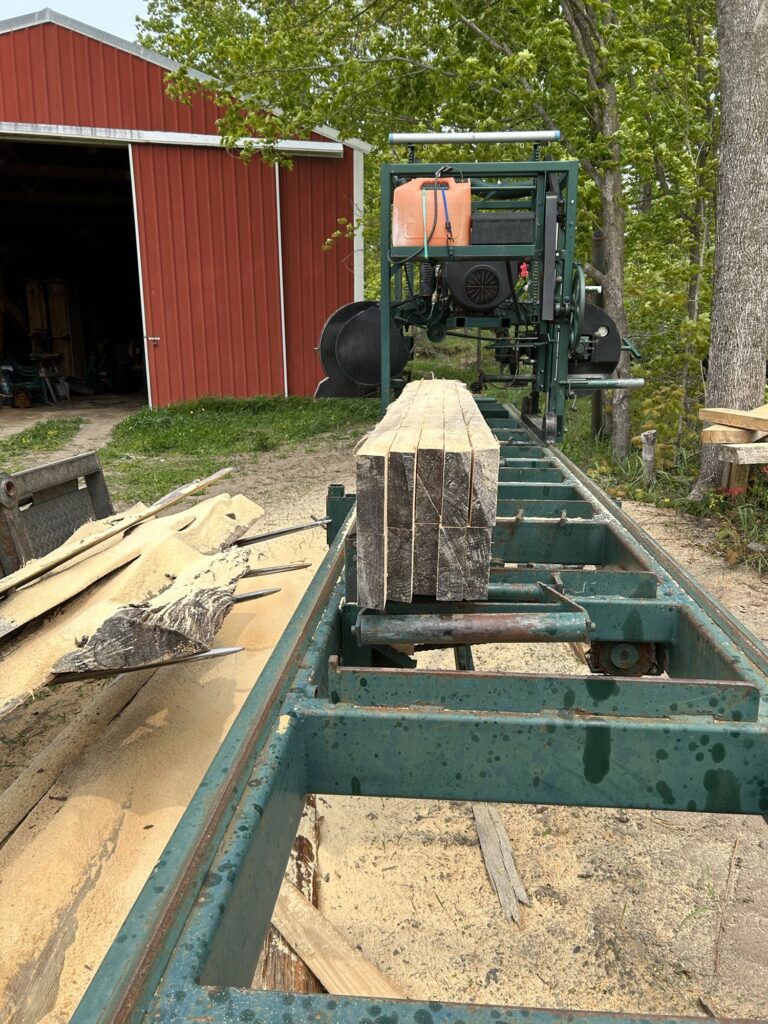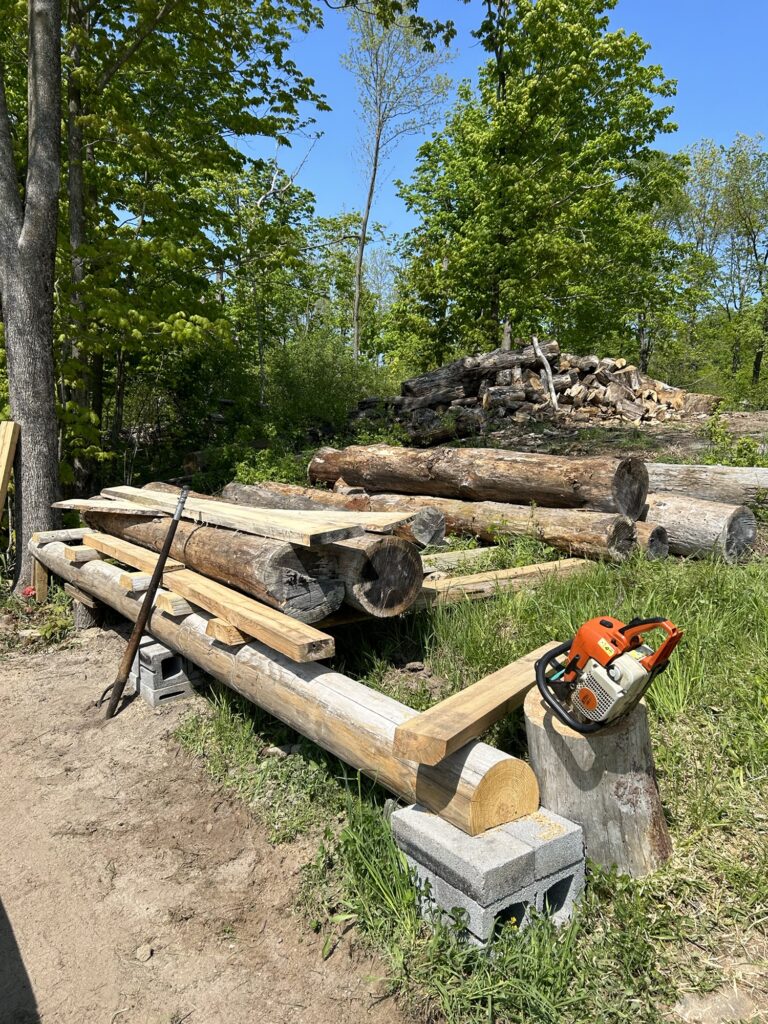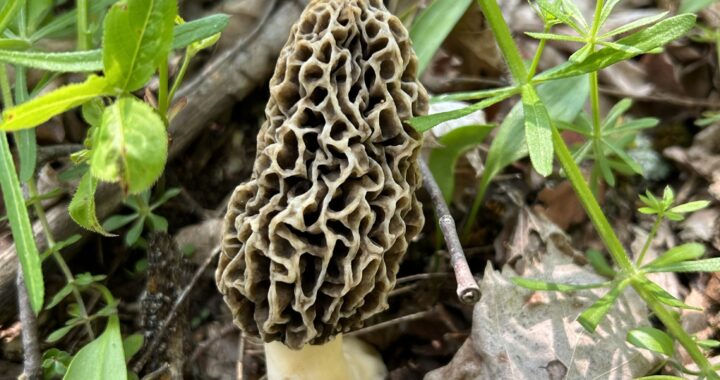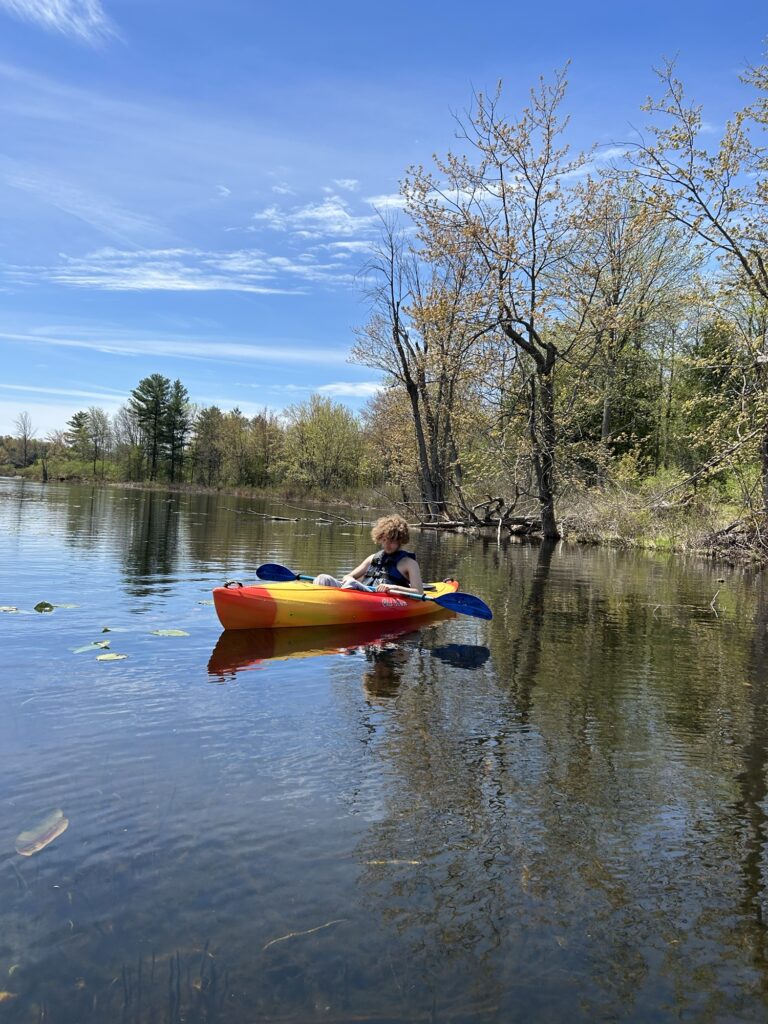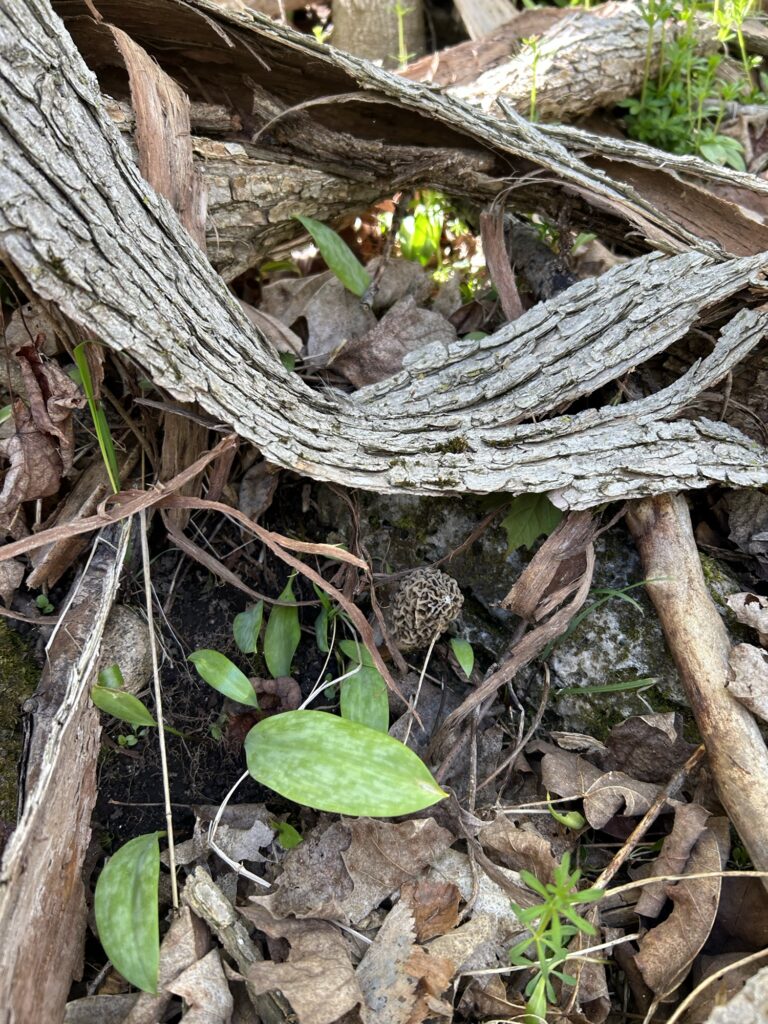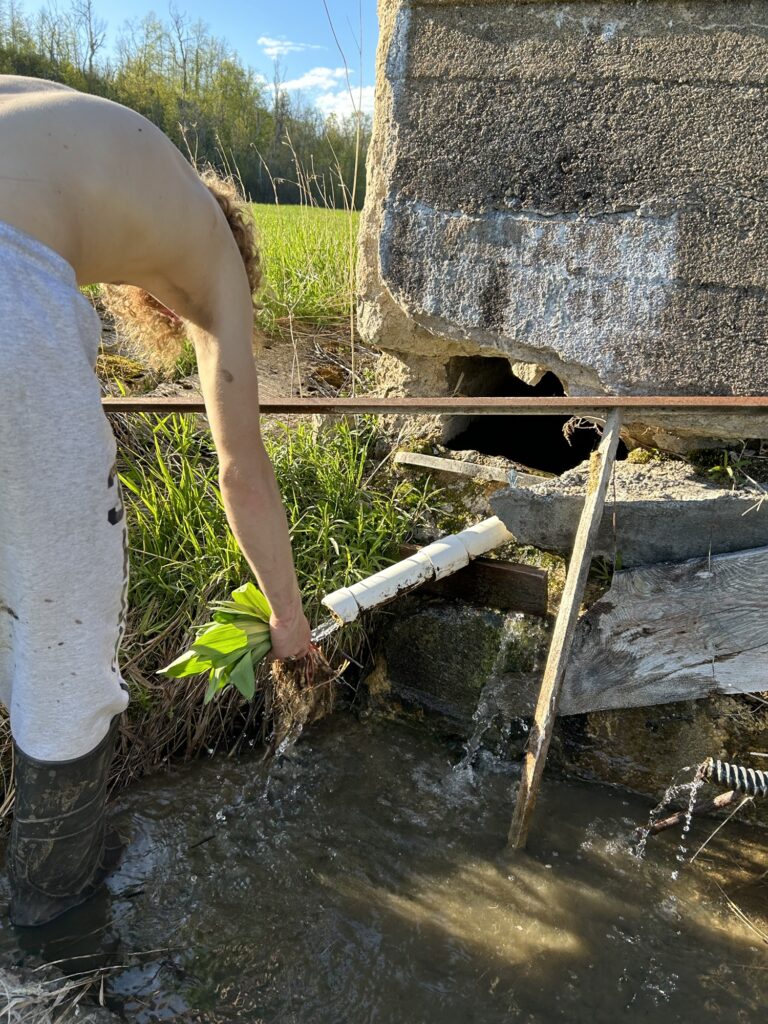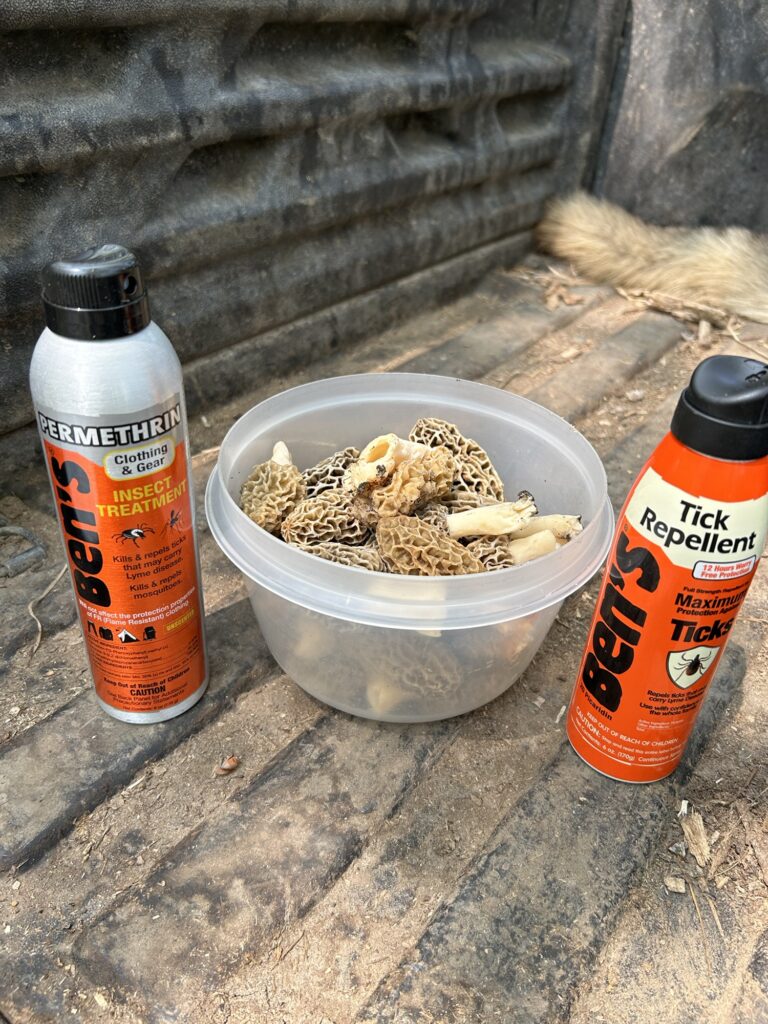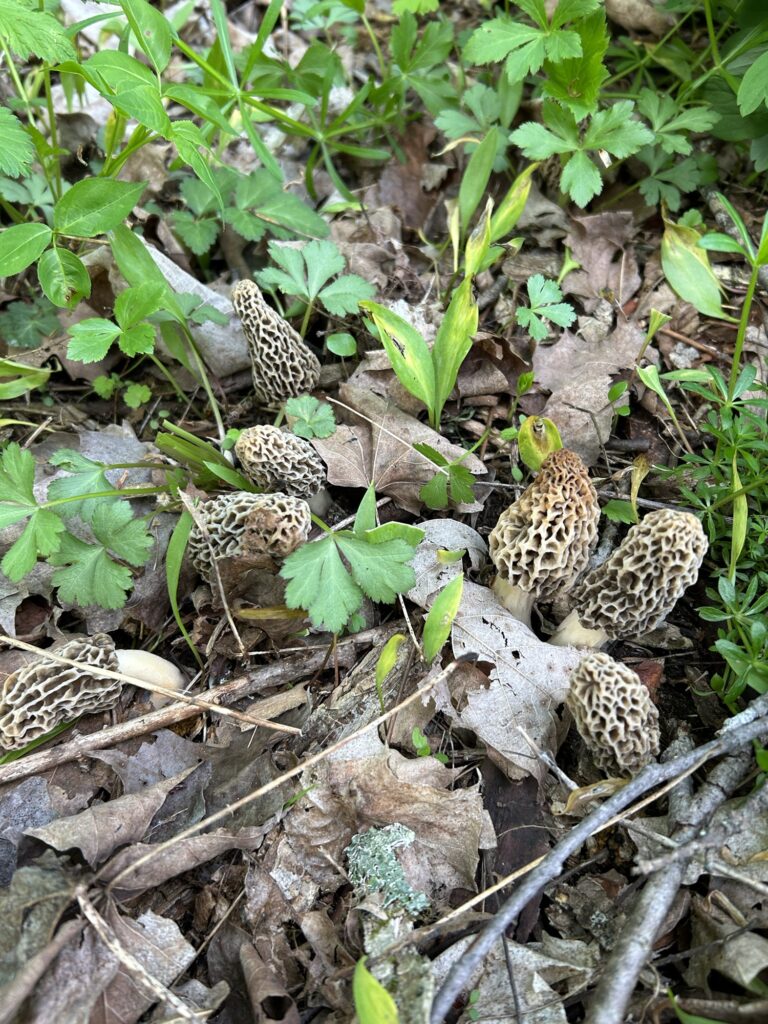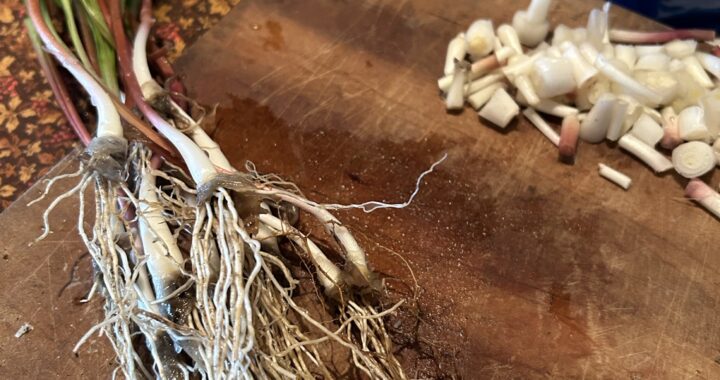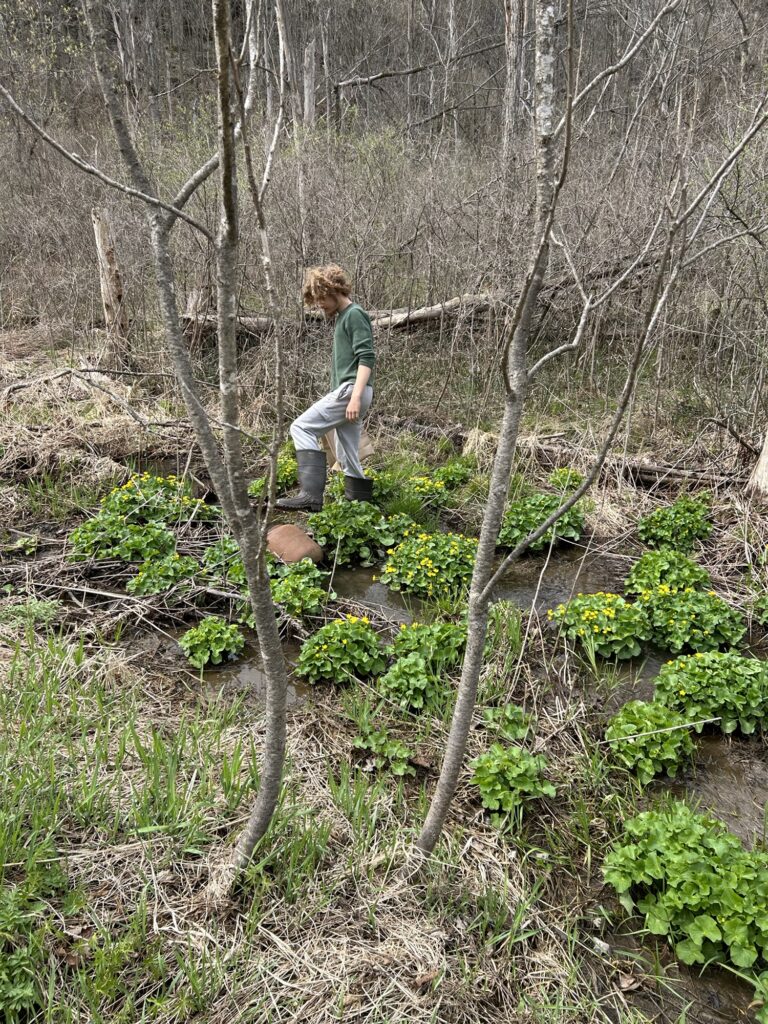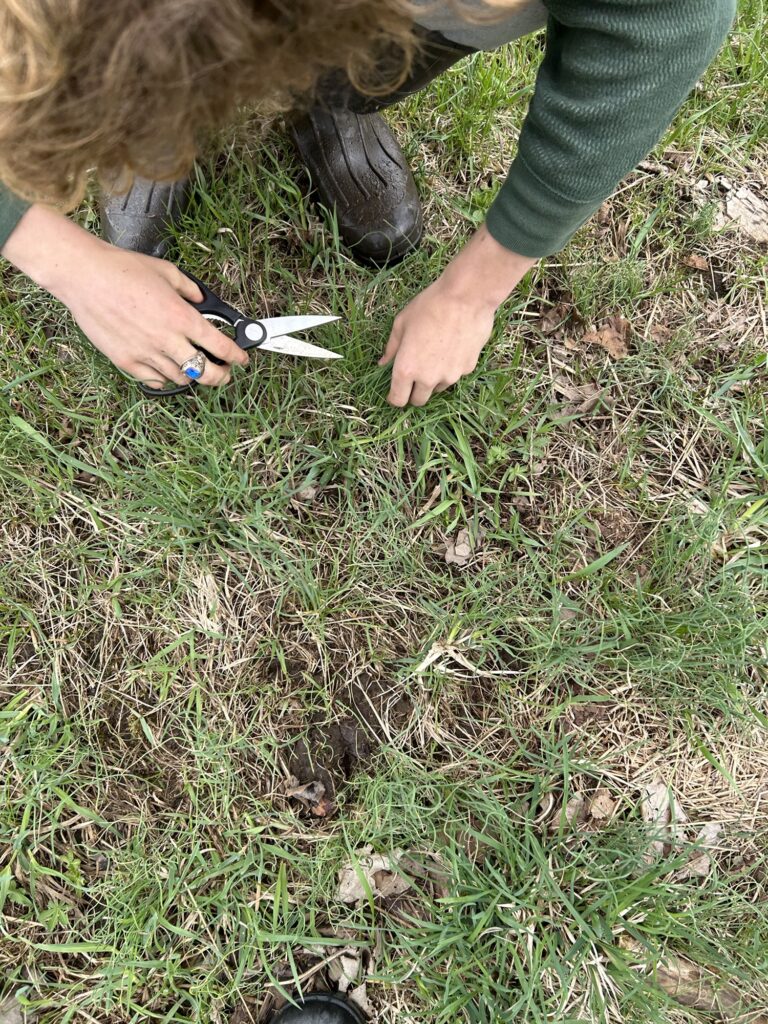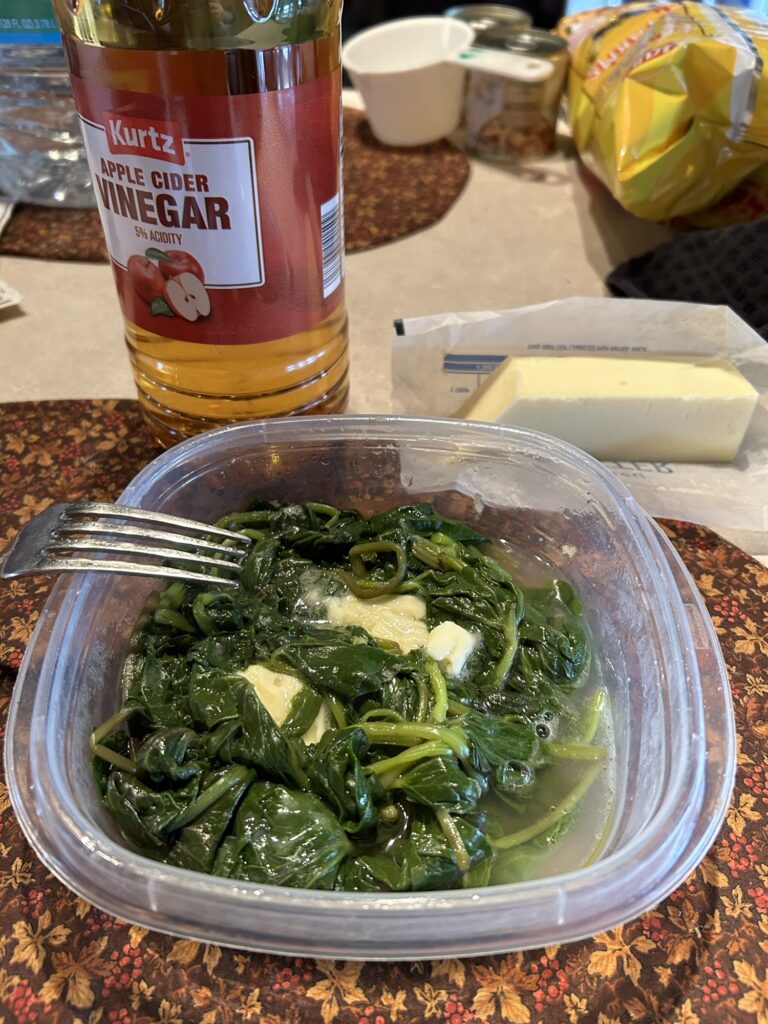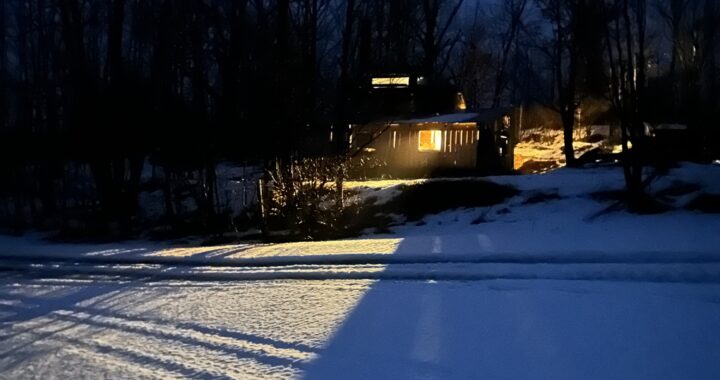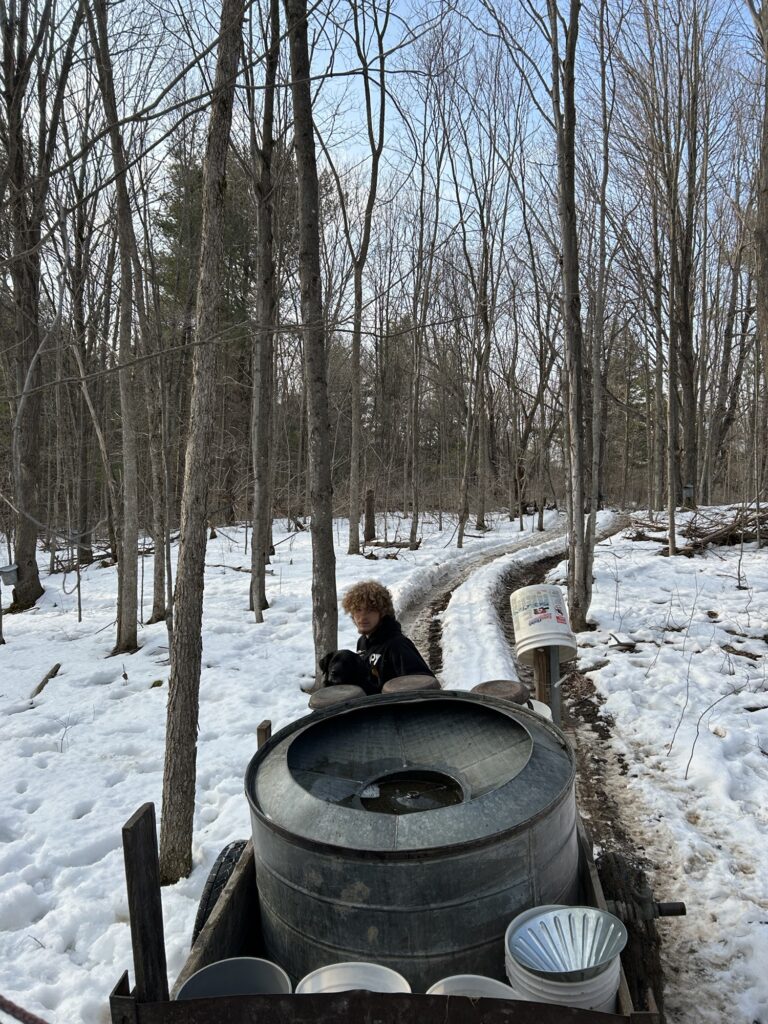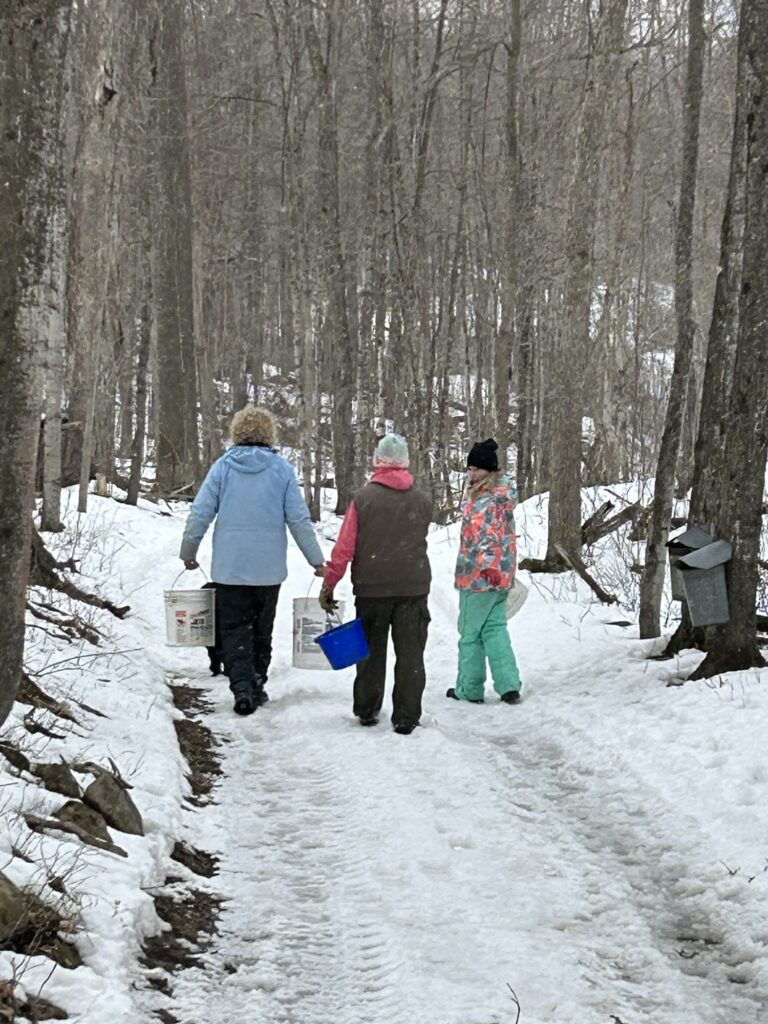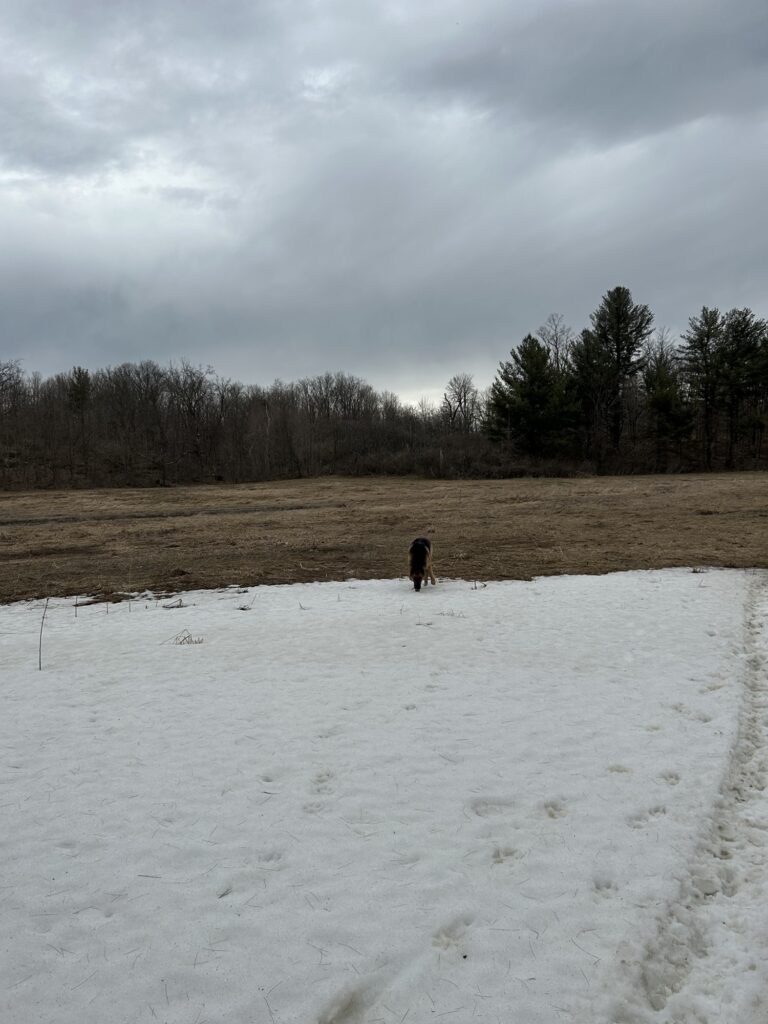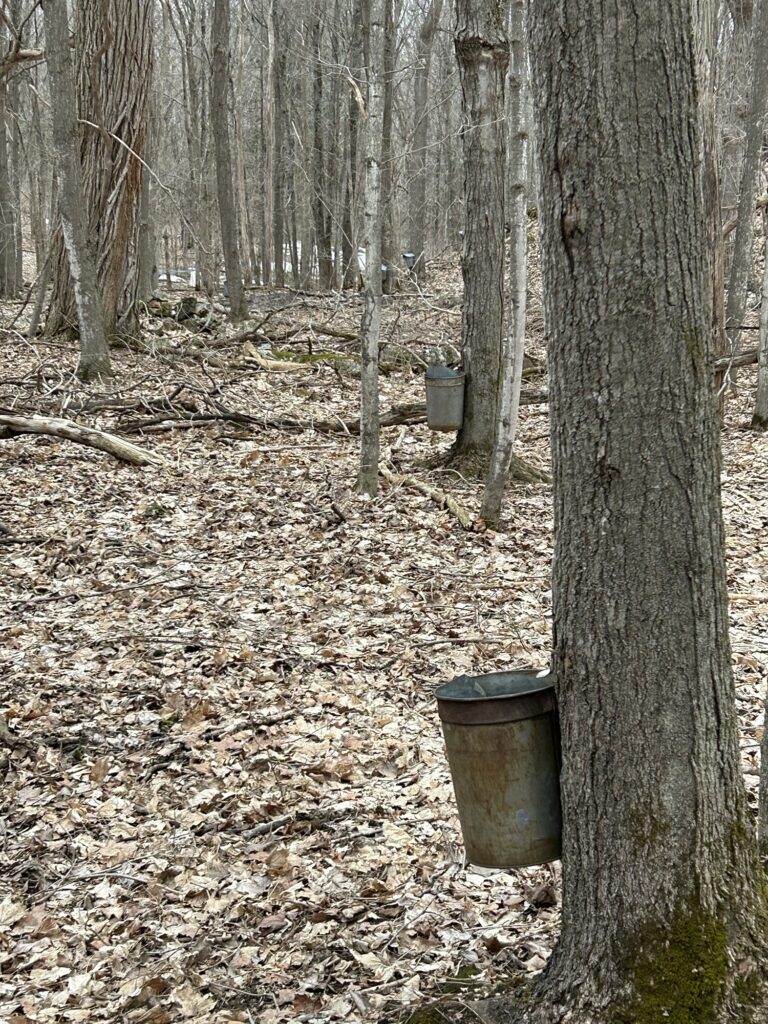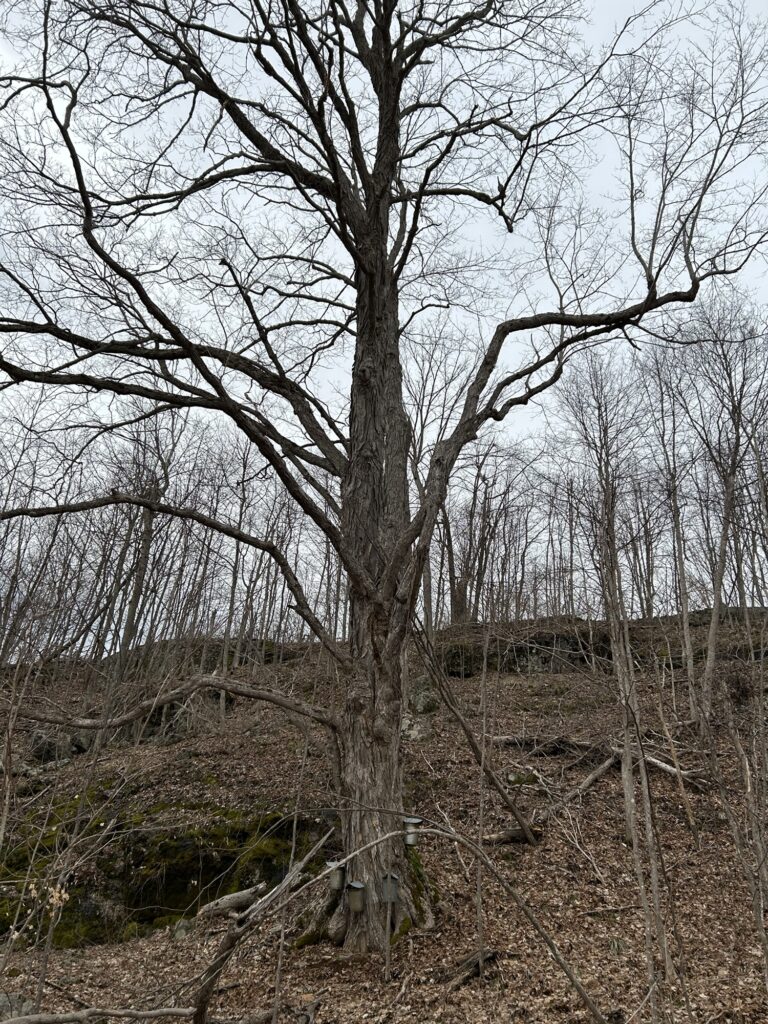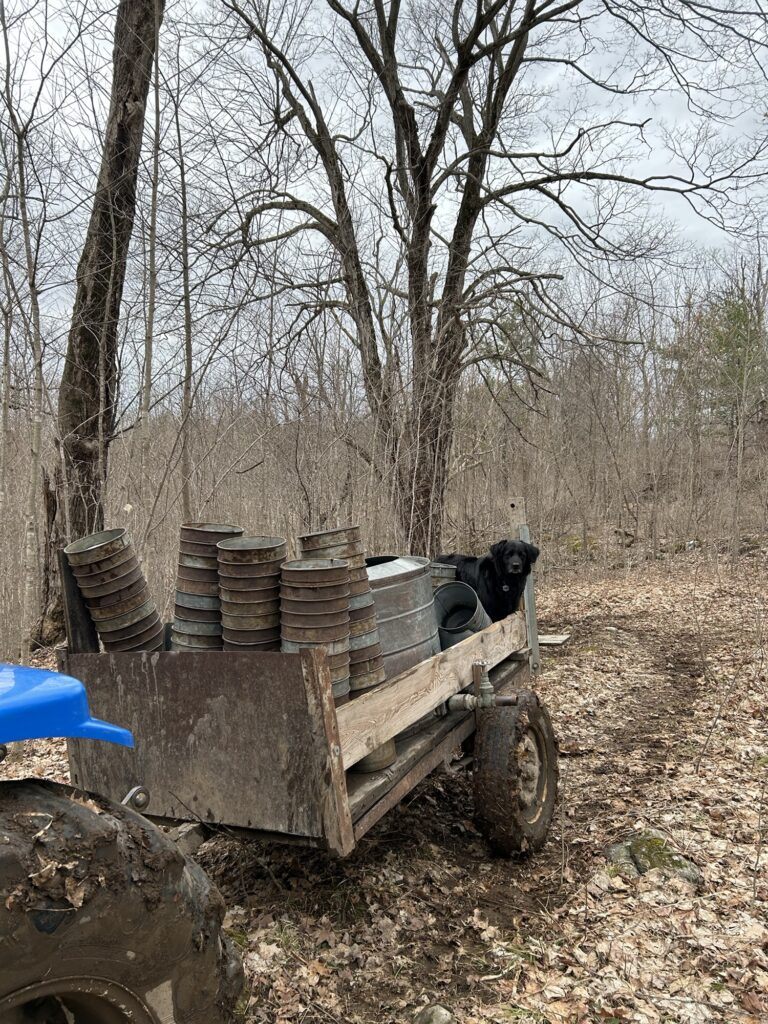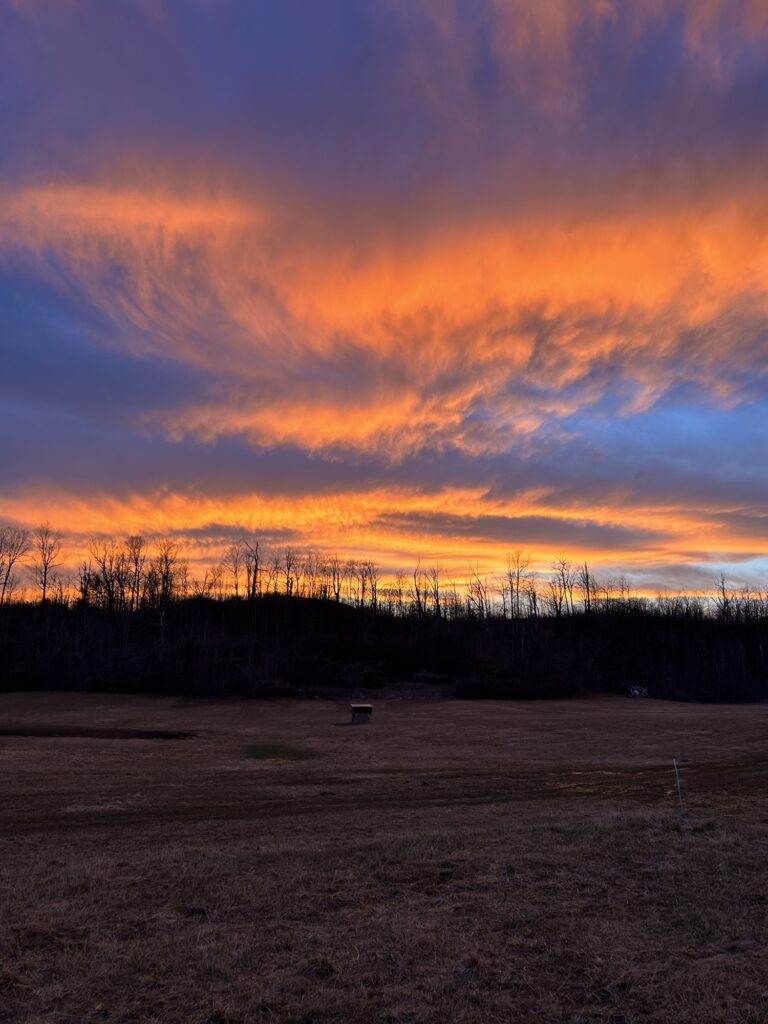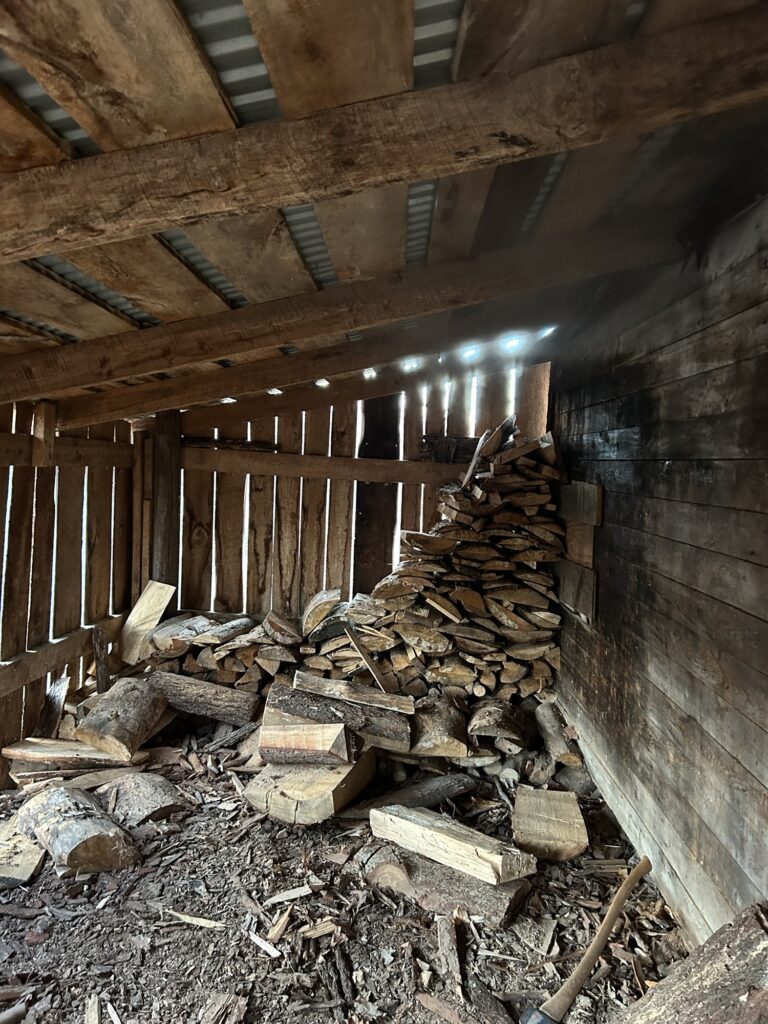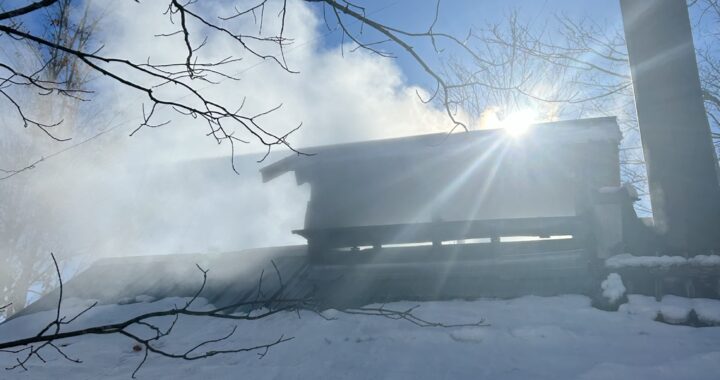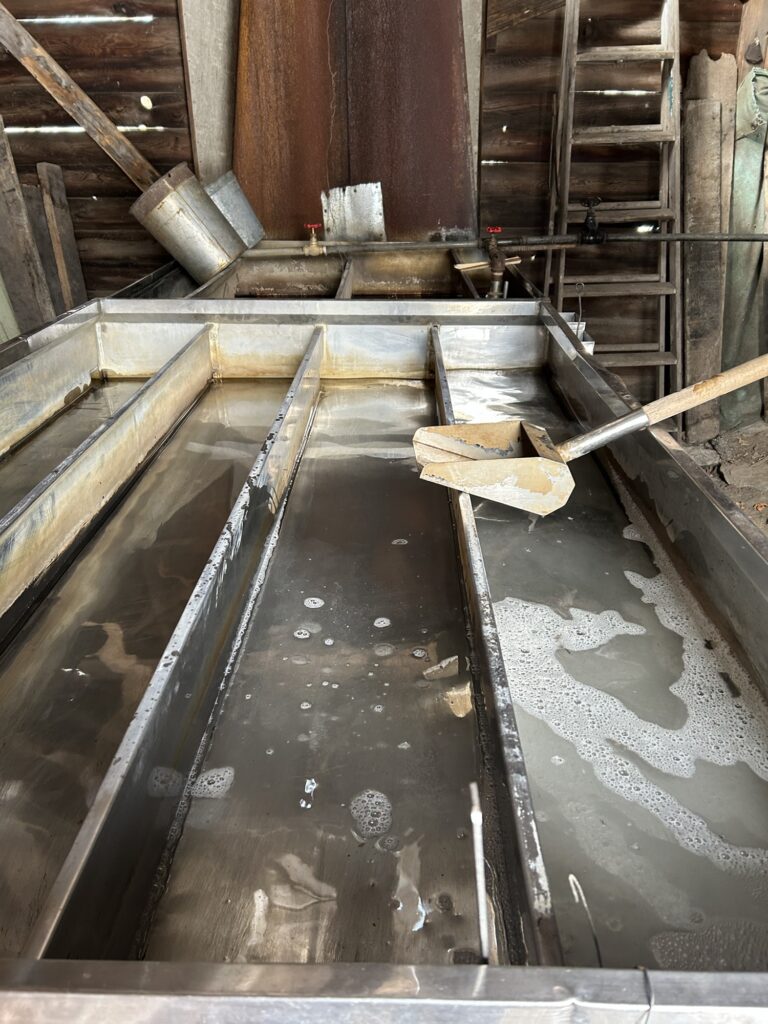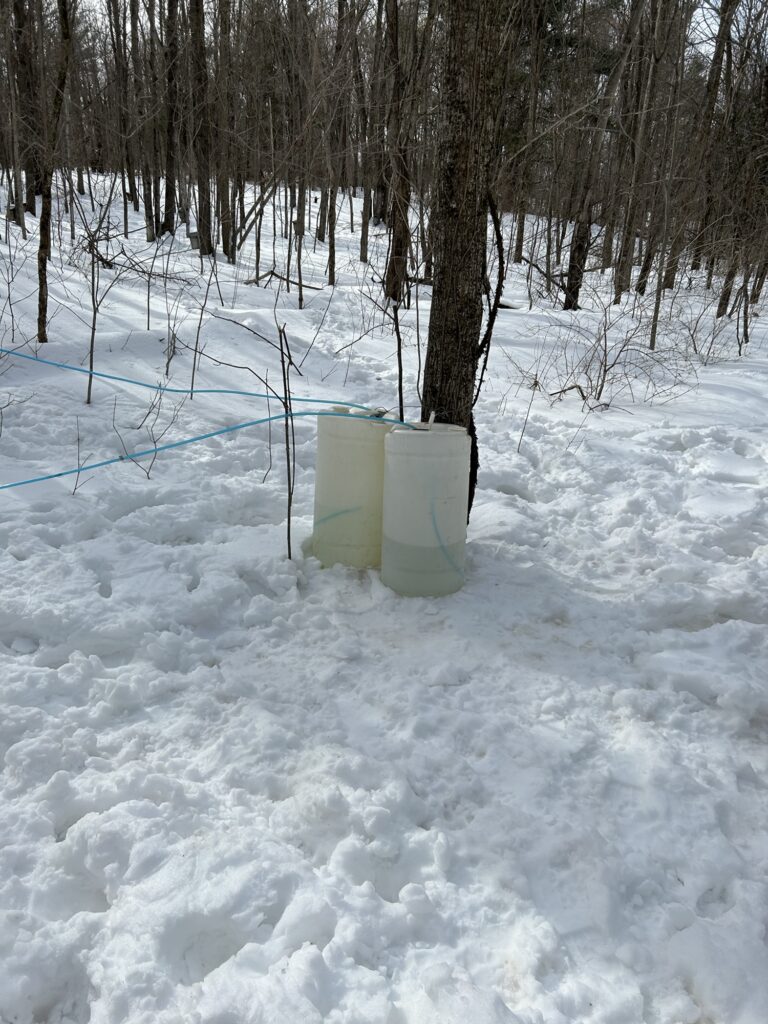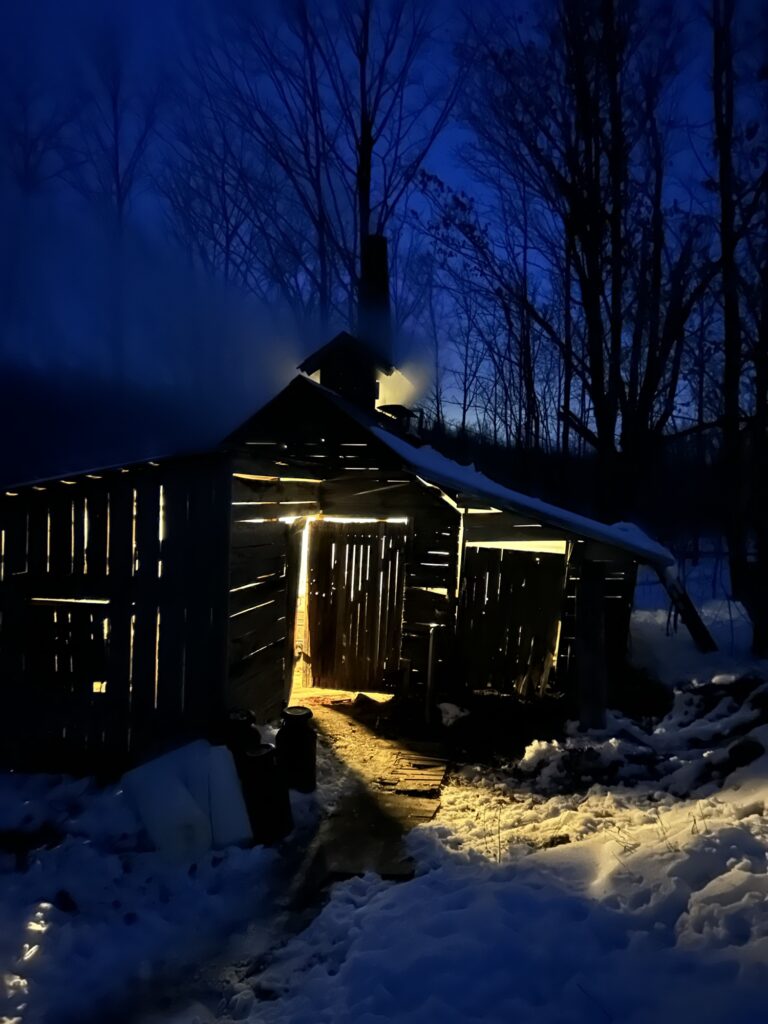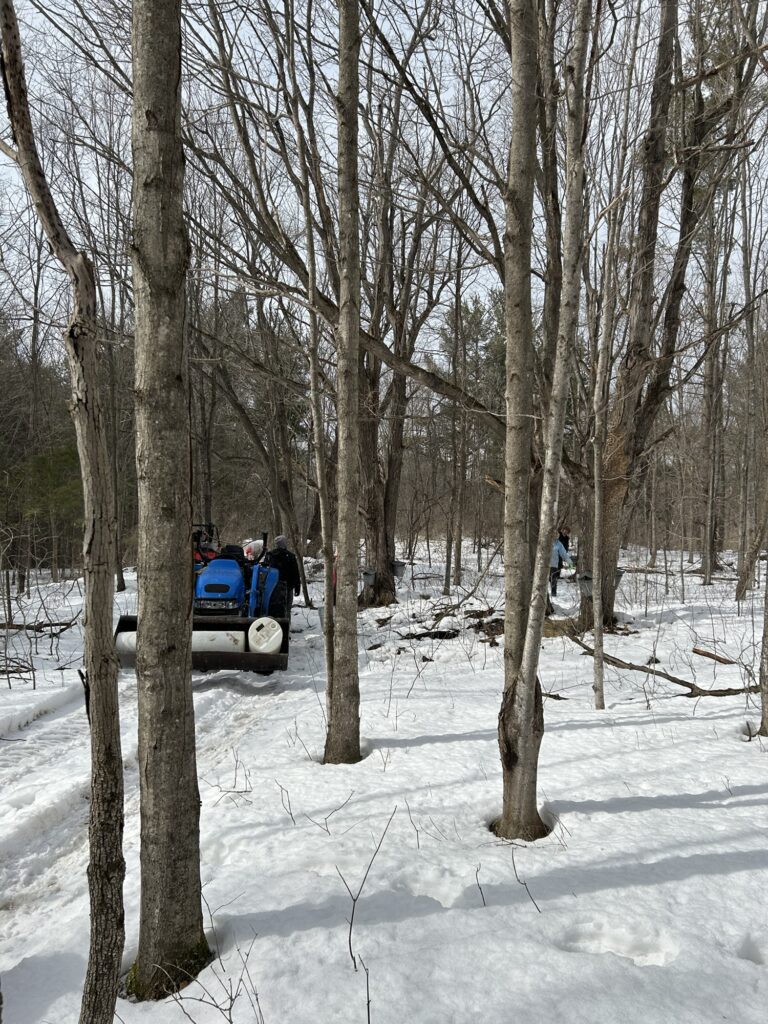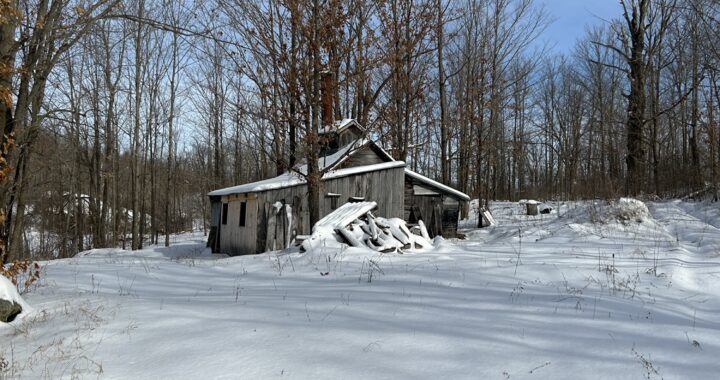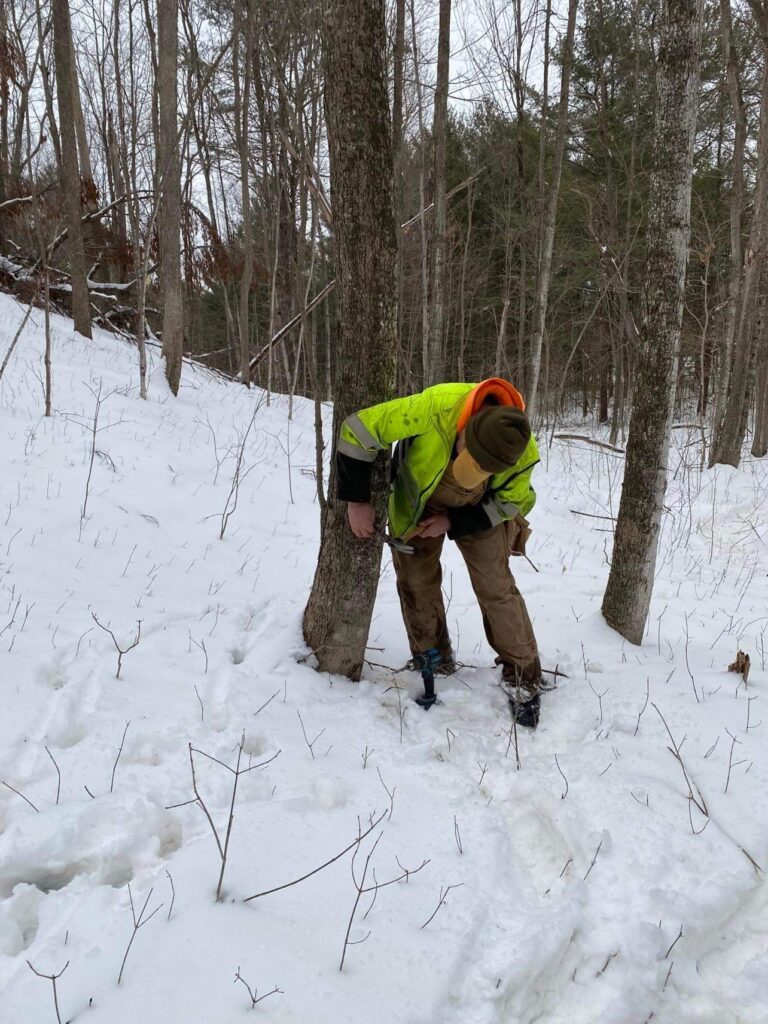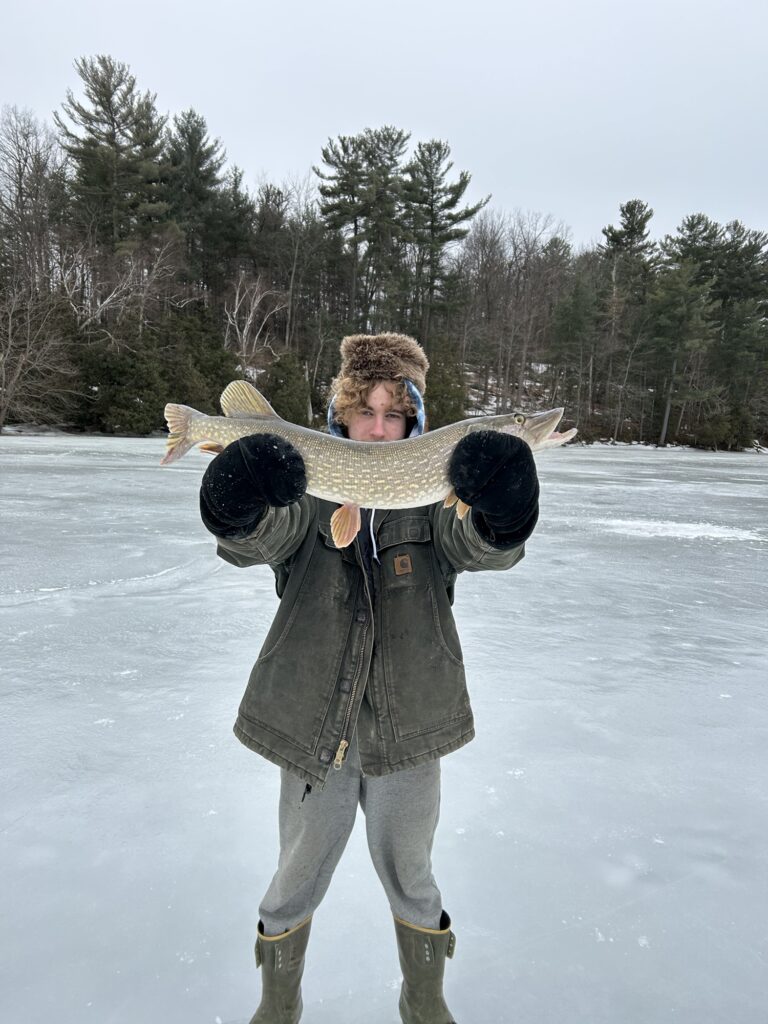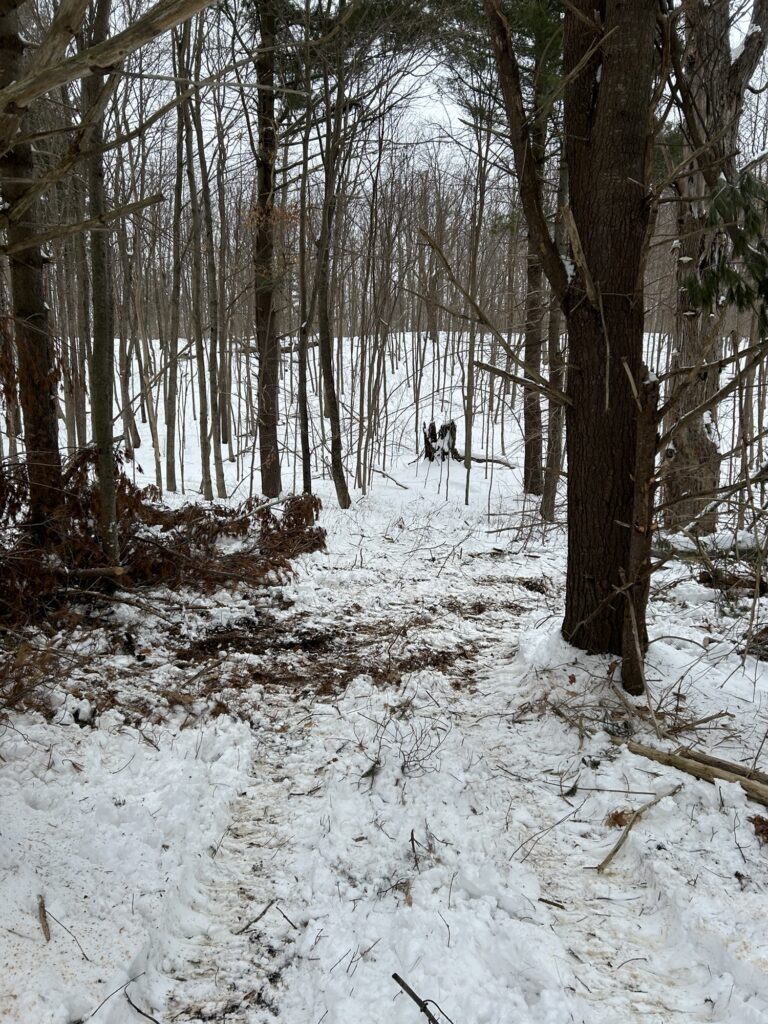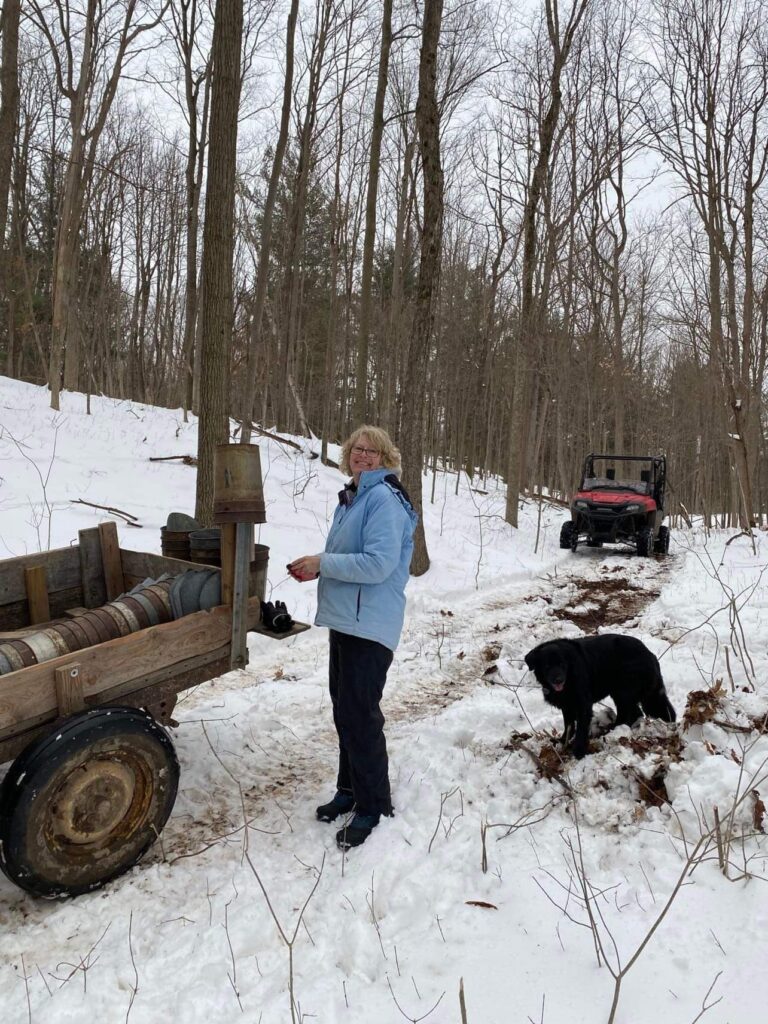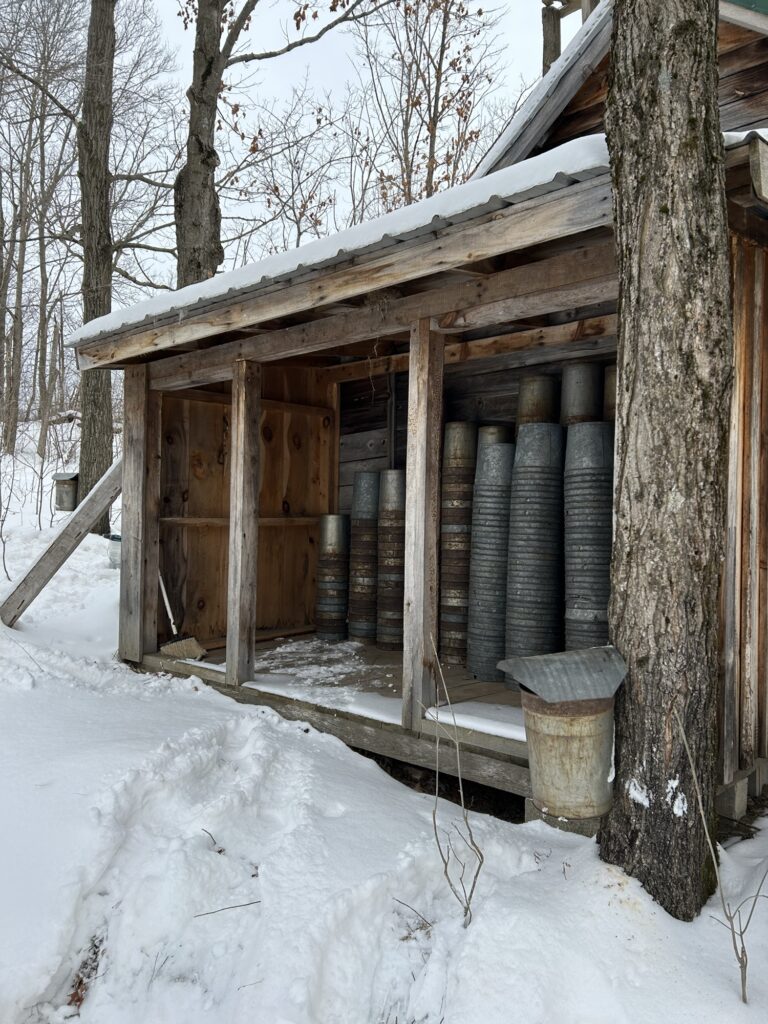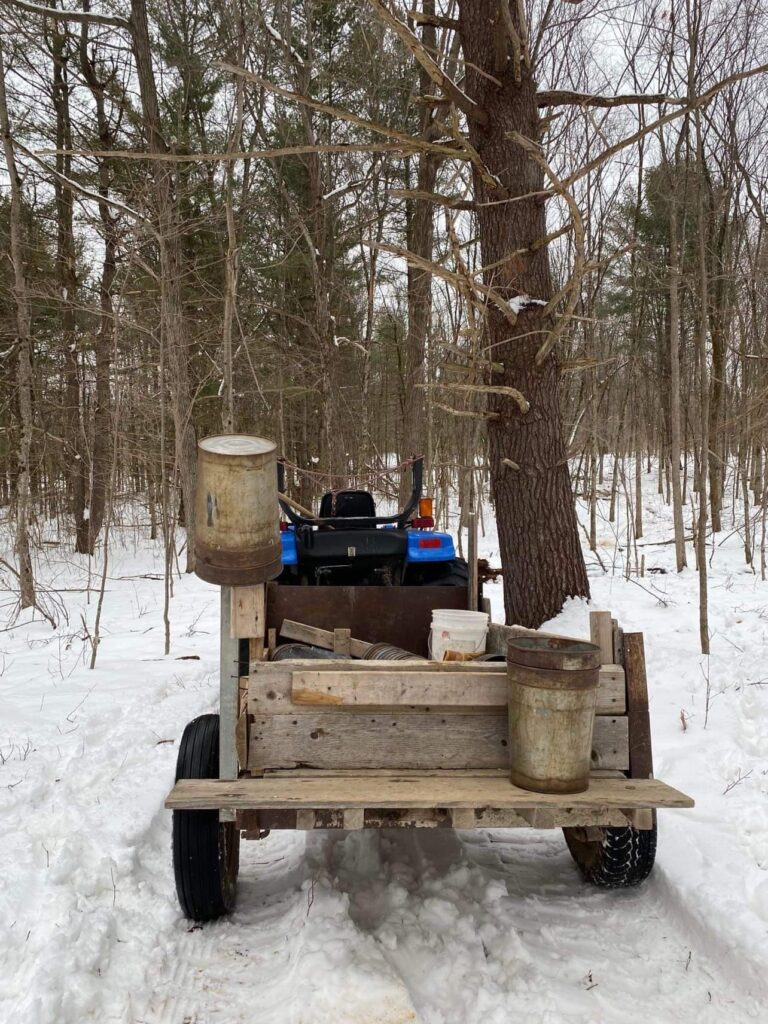The year was 2018.A newly retired and newly single me was looking for something new. At a school conference night I stumbled upon the information desk of a local land trust called Thousand Islands Land Trust. TILT for short. Their friendly representative gave us some informational pamphlets. I soon realized that I was and had been missing out! On all sorts of things! It’s a long story that I may have elaborated on before. What’s important to note is the impact that the local land trust groups would have on not just my life but Zane’s as well. Once I realized the opportunities that volunteering offered I dove in headfirst! To think about the many seminars, events, and work days we participated in that summer amazes me now. I was searching for something and volunteering filled the void. One discovery leading to another. That summer is filled with many happy memories! New friends and acquaintances. New places and trails. A continuing education of nature and the many invasives that are attacking our beautiful region.

I first truly learned about the many invasive species here when I attended a SLELO PRISIM educational seminar. SLELO is short for St.Lawrence Eastern Lake Ontario. PRISM is the Partnership for Regional Invasive Species Management. New York State is divided into 5 PRISMs. We live in SLELO so I focused my attention on them. After attending other seminars hosted by SLELO my interest and knowledge continued to expand. I attended a water quality conference which really enhanced my knowledge of the area we call home. I also attended an A2A seminar where I first learned about the Frontenac Arch. Also called the A2A Corridor. It’s the land situate between the Adirondacks and the Algonquin Park area of Canada. Fascinating subject! But invasive species were of prime interest as the Macomb farm property is infested with the shrub wild honeysuckle and other invasive plants. I wrote a blog about it in 2021. During July of 2018 Zane and I participated in our first ever invasive species removal day as volunteers. Water chestnuts were our target. A new species to me and one I had never heard of until the seminars. It has been spreading across the northeast since about 1880 since escaping the Boston area. It was brought here as a decorative floating plant! Bad idea someone! We traveled south some 60 miles with our canoe for a hand pull event at the Lakeview Management Area near Southwick Park. It was a fun and exciting day working with other volunteers in the swamp marsh extracting bags full of fast spreading water chestnuts. Despite how it might seem hand pulling water chestnuts is a productive manner to stop their spread. An alternative is spraying the infested area with Clearcast. A product similar to the controversial Roundup we have all heard about. A glyphosate itself if my research is correct. I charge each reader to do their own personal research and form their own opinions. I will remain neutral on the subject except to simply state that glyphosates are being found in many of our food sources. They are heavily used by agriculture to supply our need for plentiful food sources. Enough said! Draw your own conclusions!
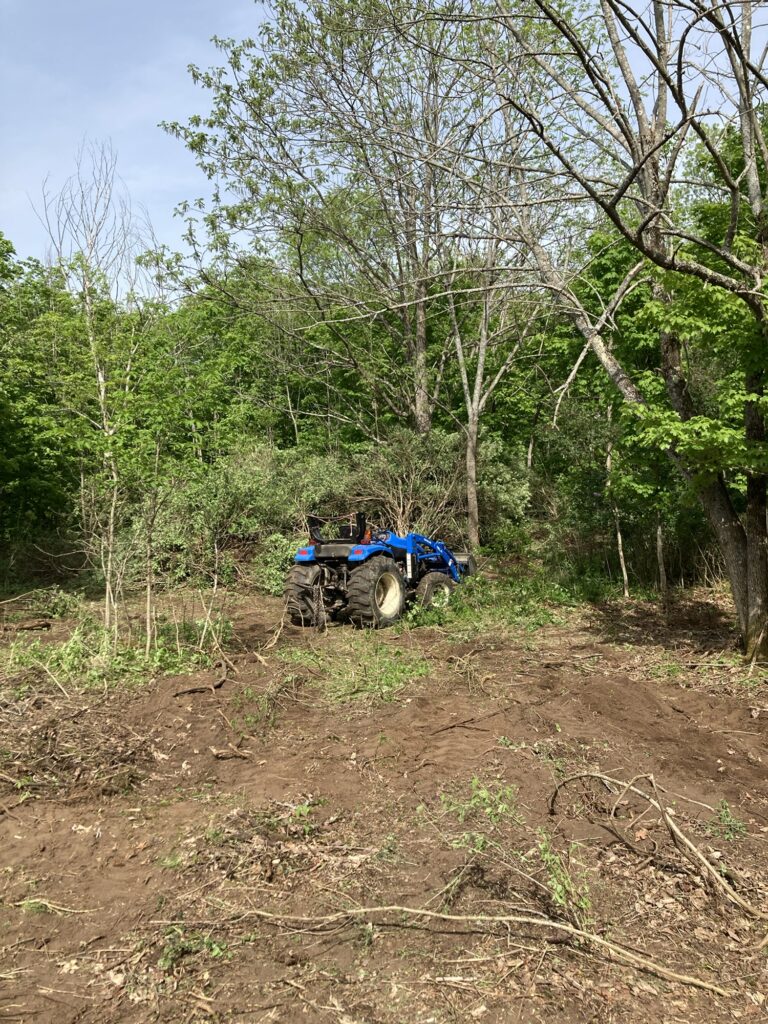
After 2018 our volunteering work fell off considerably. I still managed to do some trail stewardship work but found little time for seminars or other further education. I did manage to attend the SLELO Symposium in the spring of 2019. It was a treat to see Zane and I in the SLELO volunteering video shot in the summer of 2018! People sitting next to me said “Hey that’s you!”. 2018 certainly was a remarkable year! In the fall of 2019 I was one of the lucky individuals chosen to attend the Master Naturalist training weekend near Ithaca, New York. Hosted by Cornell it was a fun two days of education in a variety of subjects. Invasive species, micology, and so much more! As of this moment I still have not completed my requirements for my level one certification. Fast forward through the years 2020,2021, and 2022 and my volunteering efforts were not very impressive honestly. But there was always something more important to fill the days at the time in hindsight. Those days are mostly within these pages.I wanted 2023 to be different! I volunteered for a TILT trail stewardship day back in May then cooked at the TILT summer picnic in June. Then I heard about a SLELO event!
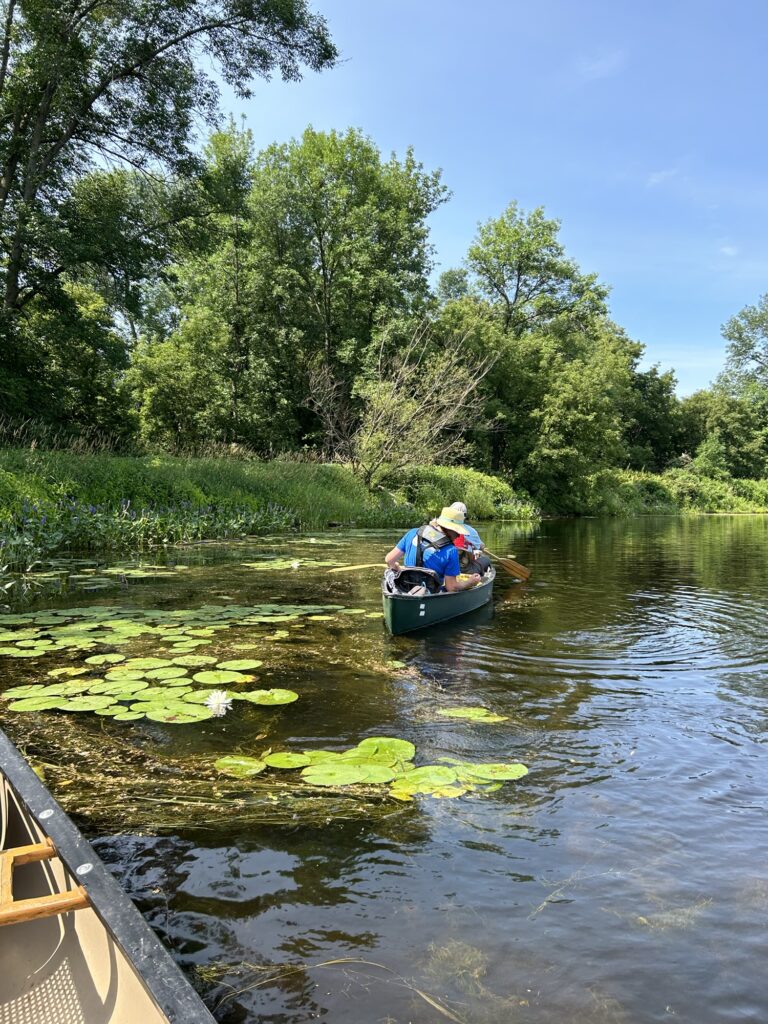
Heuvelton, New York has a hydroelectric dam that creates a rather extensive reservoir behind it. It recent years it has become infested with water chestnuts. In 2022 SLELO volunteers conducted a hand pull in the Oswegatchie River to remove and track water chestnuts. When I read that they would be doing it again this year I decided to volunteer! The village of Heuvelton has been harvesting water chestnuts with a mechanical harvester above the dam this summer to remove the plants before they go to seed. There have been issues despite the many truck loads they removed. Shallow water and tree stumps impede their best efforts. There is a substantial population of water chestnuts remaining above the dam. This summer’s SLELO event concentrated on hand pulling and tracking growth in the sections of river below the dam. The concern is that the water chestnuts might get up into Black Lake. The largely shallow depths of the lake would be a success story for the water chestnuts and a disaster for the lake itself.
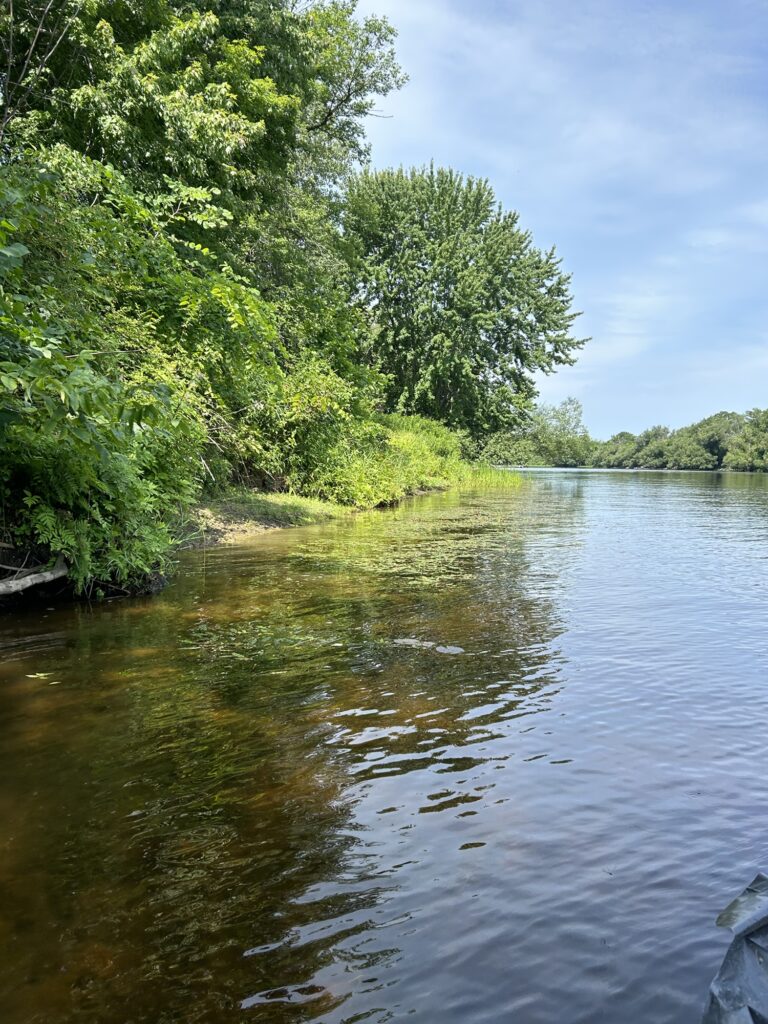
All and all the lower Oswegatchie River is not heavily infested. We did hand pull some plants however and retrieved numerous rosettes that had drifted down from above the dam. Harmless we were told as the plant is an annual requiring a seed called a “nutlet” to grow roots for a new plant. It seemed like the day was a success and it was nice to see acquaintances that I hadn’t seen in several years and meet some new people as well.
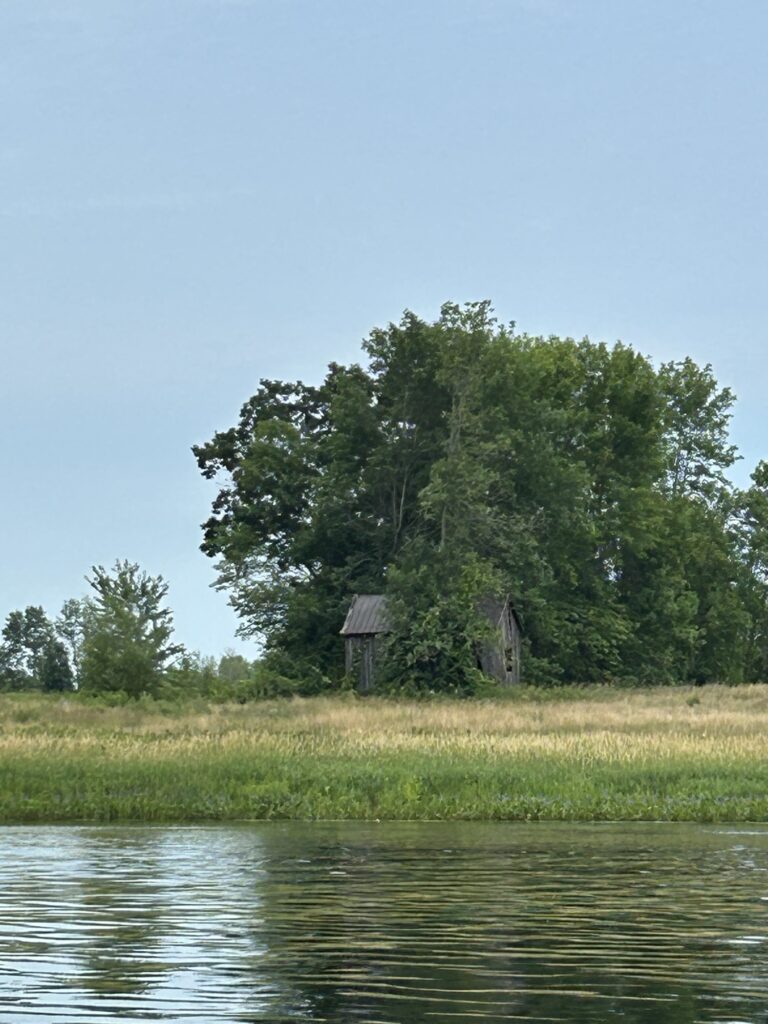
So today I once again traveled to Lakeview Management Area for a NYS DEC organized hand pull of water chestnuts. Two other state organizations were represented by workers. SCU was one. New to me. The other was State Parks and Recreation. They had worked at the Heuvelton event also. We cruised the swampy marsh and at first found very little water chestnut. But as the day moved forward we began to find and pull a lot more of it. I felt that there was less of it then in 2018 and a young lady who worked there in 2019 agreed with me.But there’s still a fair amount of it to be removed despite our team efforts. The bag retrieval boat was kept busy hauling pulled plants to the truck on shore. It was nice to back at Lakeview but I was missing Zane being there with me like in 2018. As I sat on the beach next to the sand dunes that reach out towards Lake Ontario I reflected on all that has changed and all that remained the same. The lake and the dunes seem timeless. But I attacked the water chestnuts with a forceful attitude after lunch and got into some huge clumps of floating rosettes. I was able to bring in plenty in a short time.
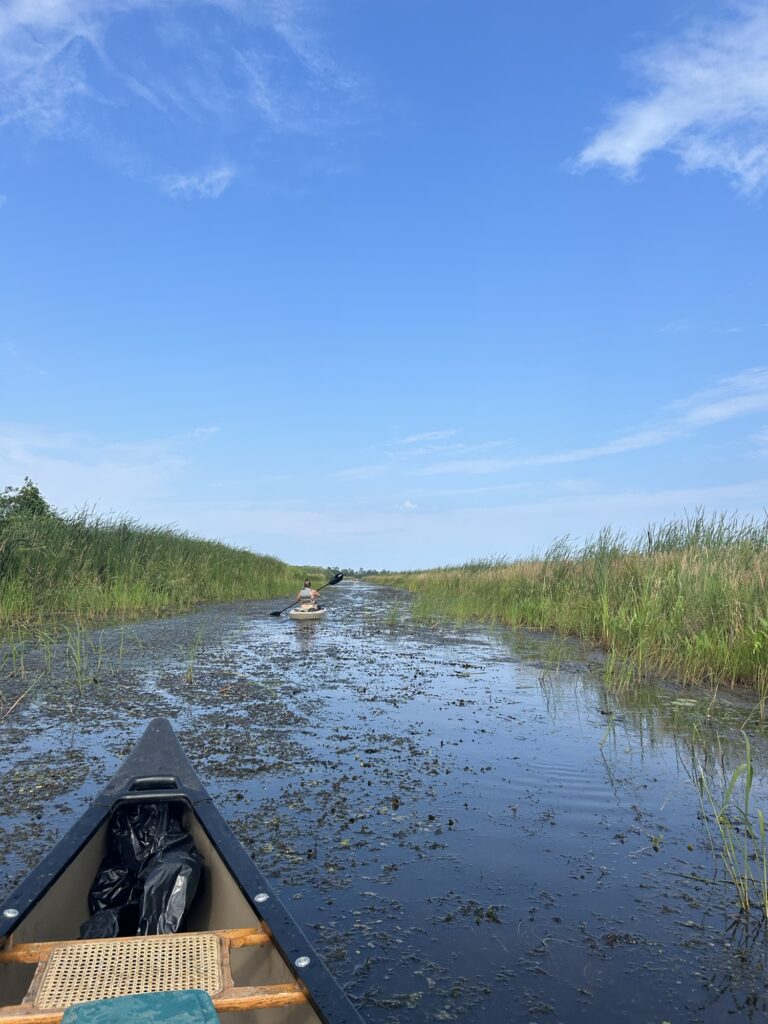
I drifted away from all the other workers and the retrieval boat never came over to remove my huge trash bag full. I kept pulling anyway and covered the floor of the 14 foot Old Town canoe. I pulled like a crazy man for awhile. I ended up with a slightly tippy canoe as I had about 20 gallons of swamp water in the bottom from the soggy water chestnuts. But I knew that our time to work was almost over. I didn’t want to quit as there was still so much water chestnut floating everywhere. If it goes to seed later this summer that’s not good. The nutlets will get sharp and hard too.
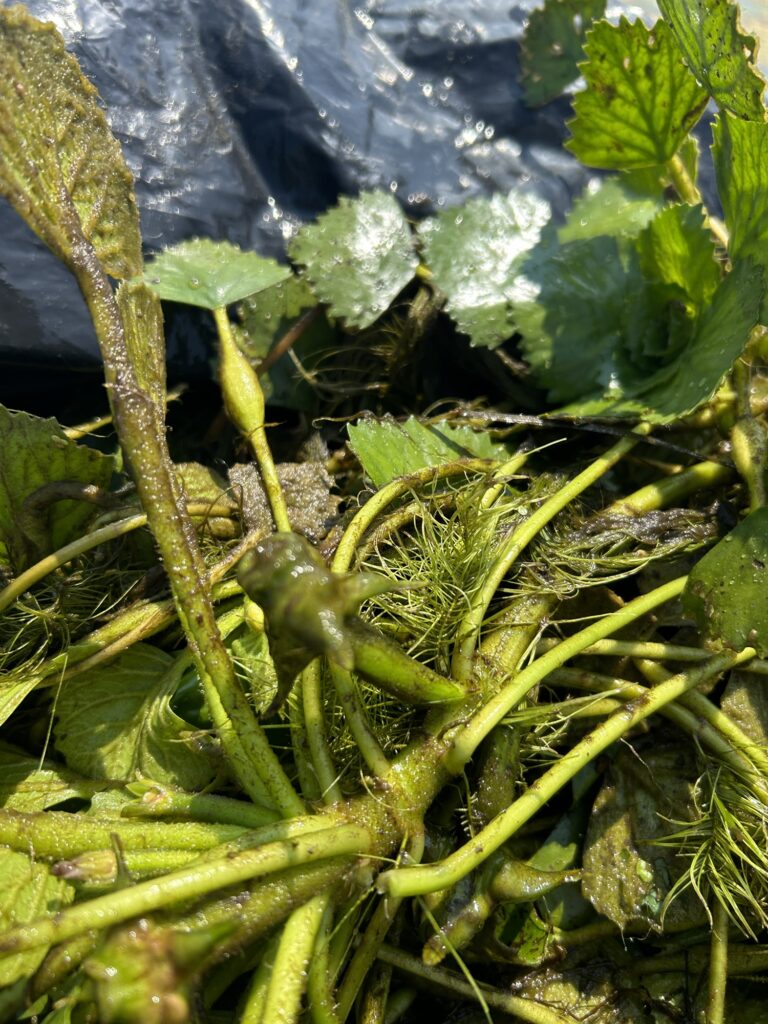
Our time to quit did finally come and my heavy canoe was lightened of its cargo. I felt that we had done well. Many bags had been collected. Many water chestnuts would not be going to seed. This annual event is special to me and I hope to return again. To swap stories and meet new people. To take a stab at making a difference. Volunteering is truly rewarding I feel. Especially when it gets us out in nature! Once I never knew this beautiful place even existed. A place where a shallow marsh transitions into the lake. To be there is to checkout for a time. Lost to simple task. Wet,slightly muddy, and happy in the now. What more could anyone ask for? Consider volunteering in whatever capacity serves you! There are many different opportunities out there. And never stop learning! Nature has endless things to teach us. MOONTABS were made today!
